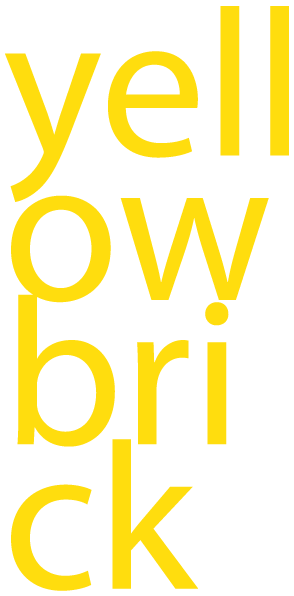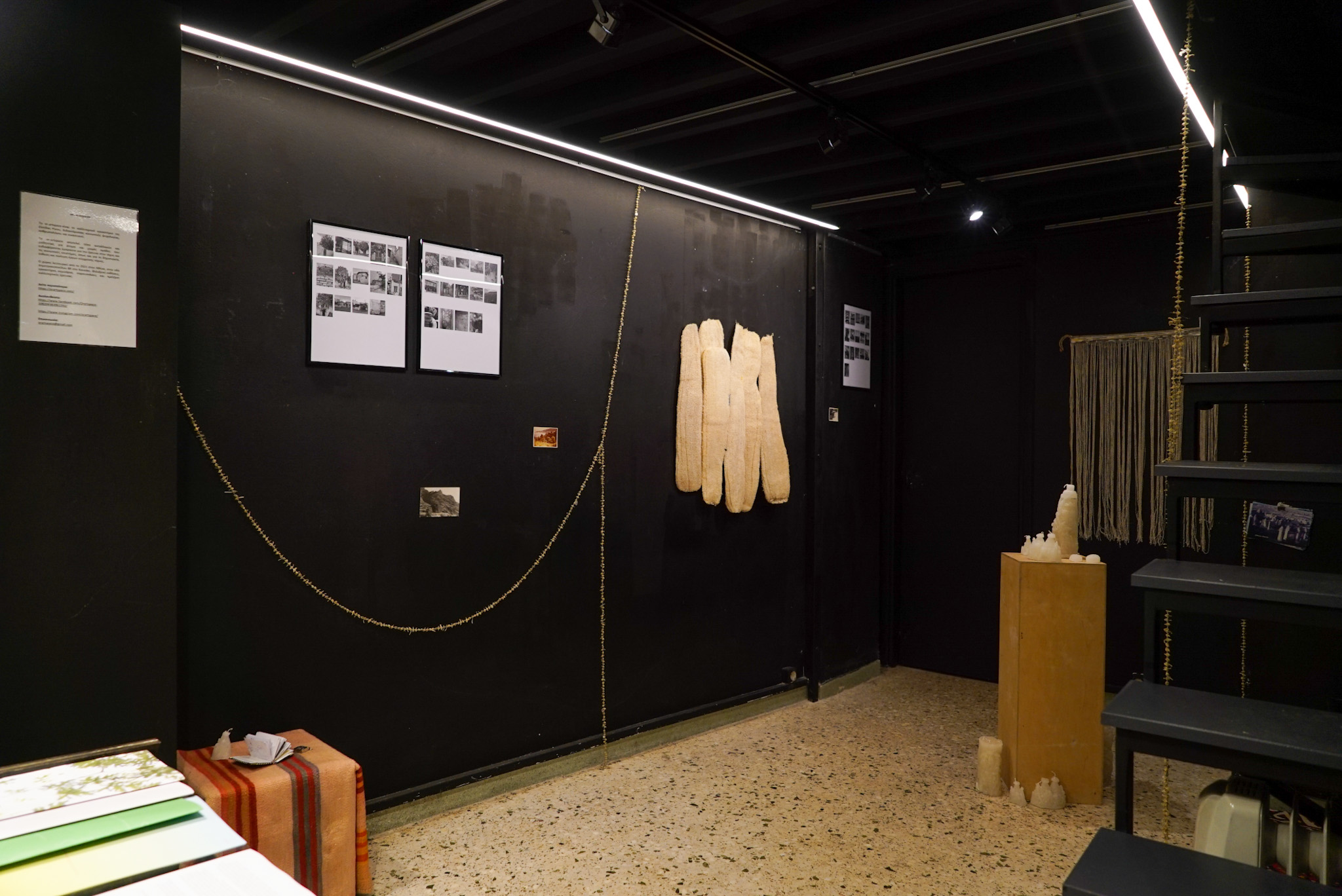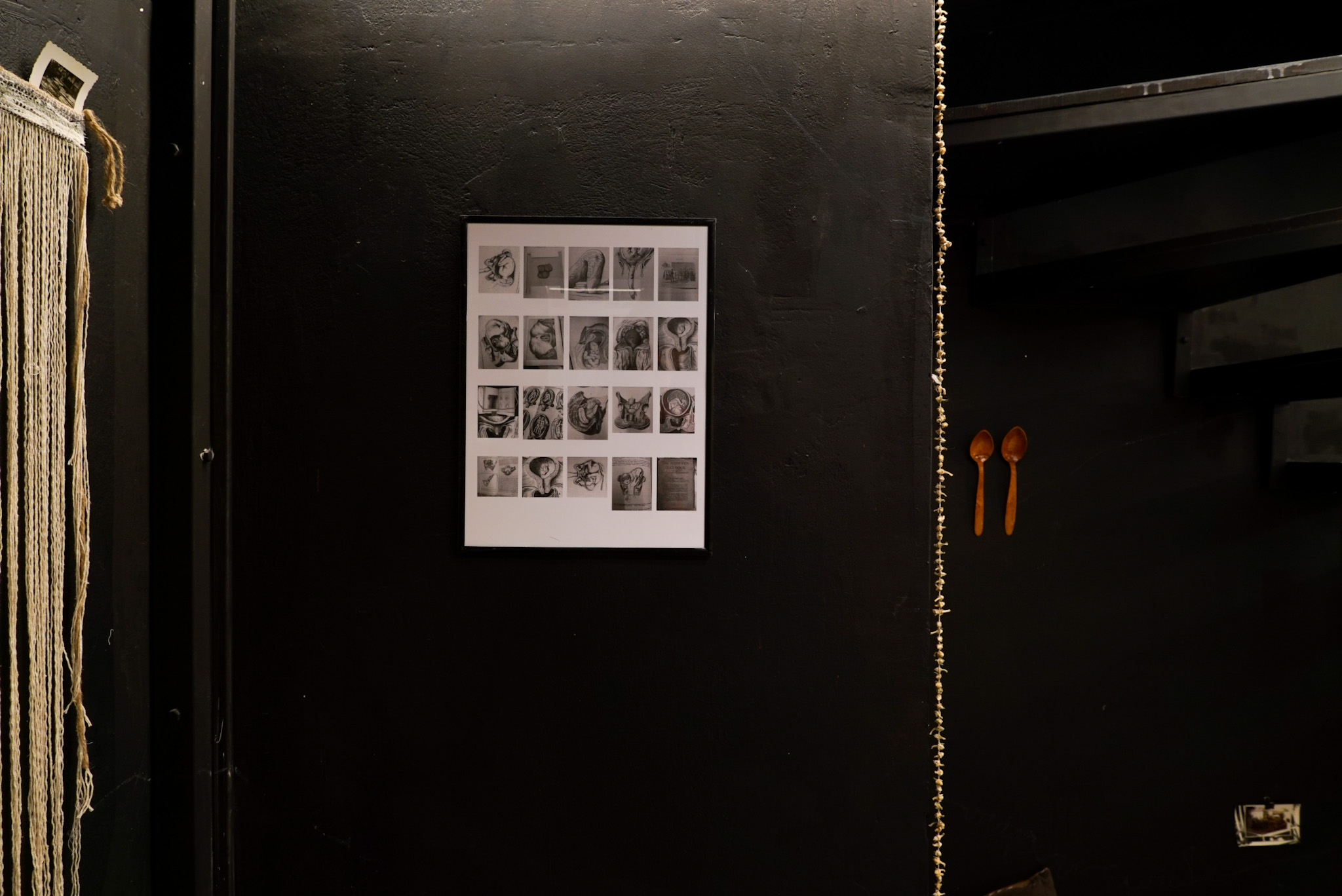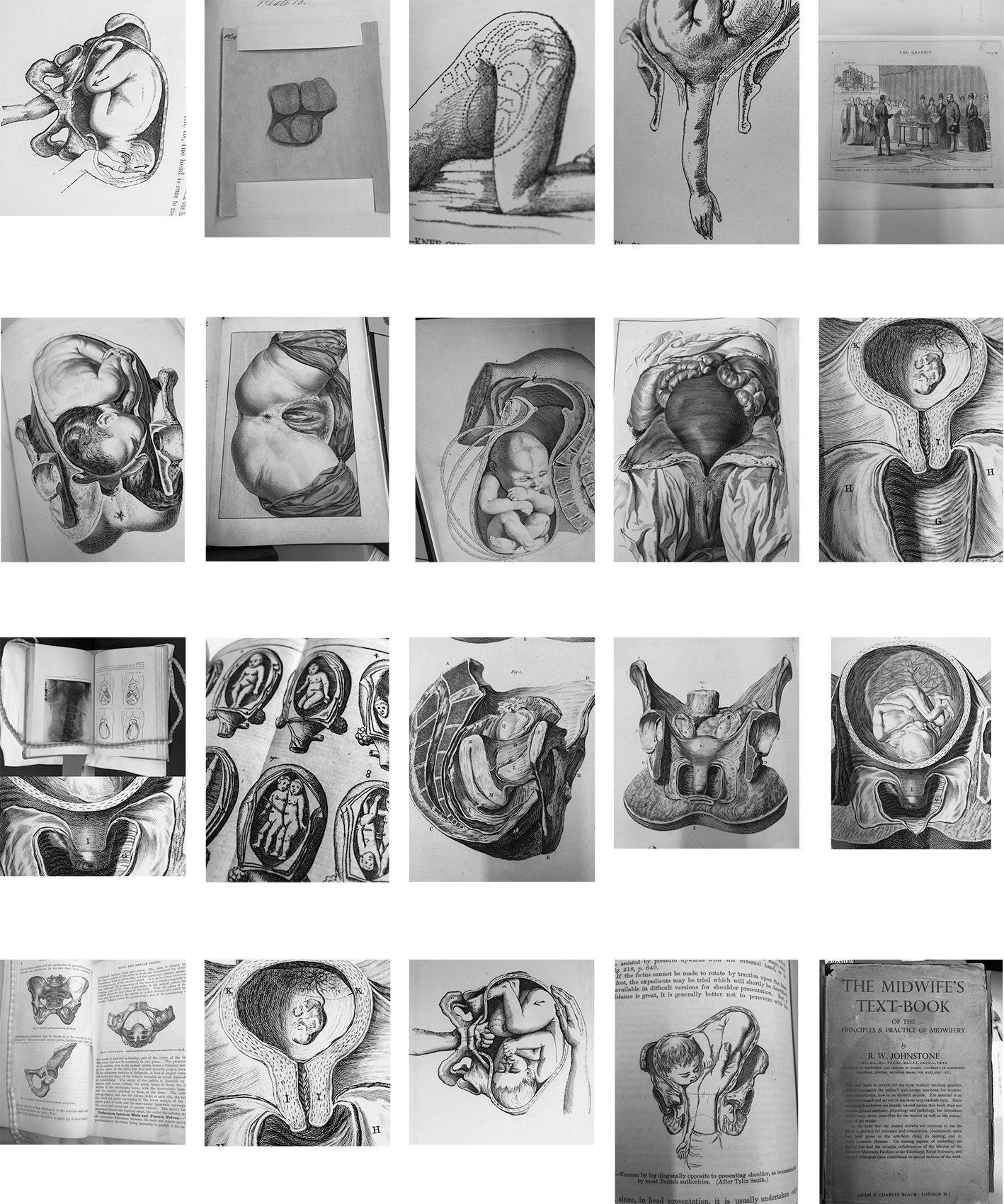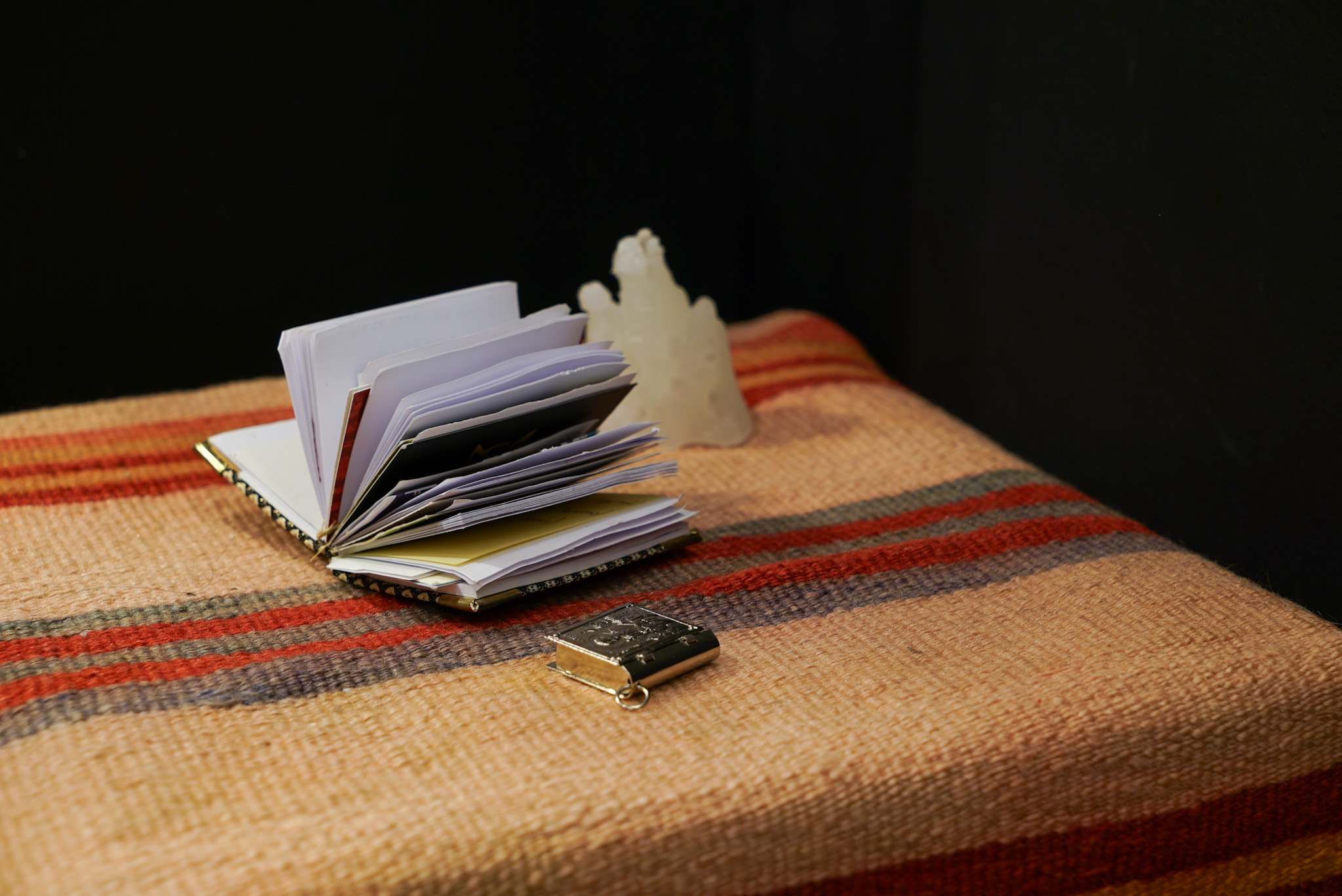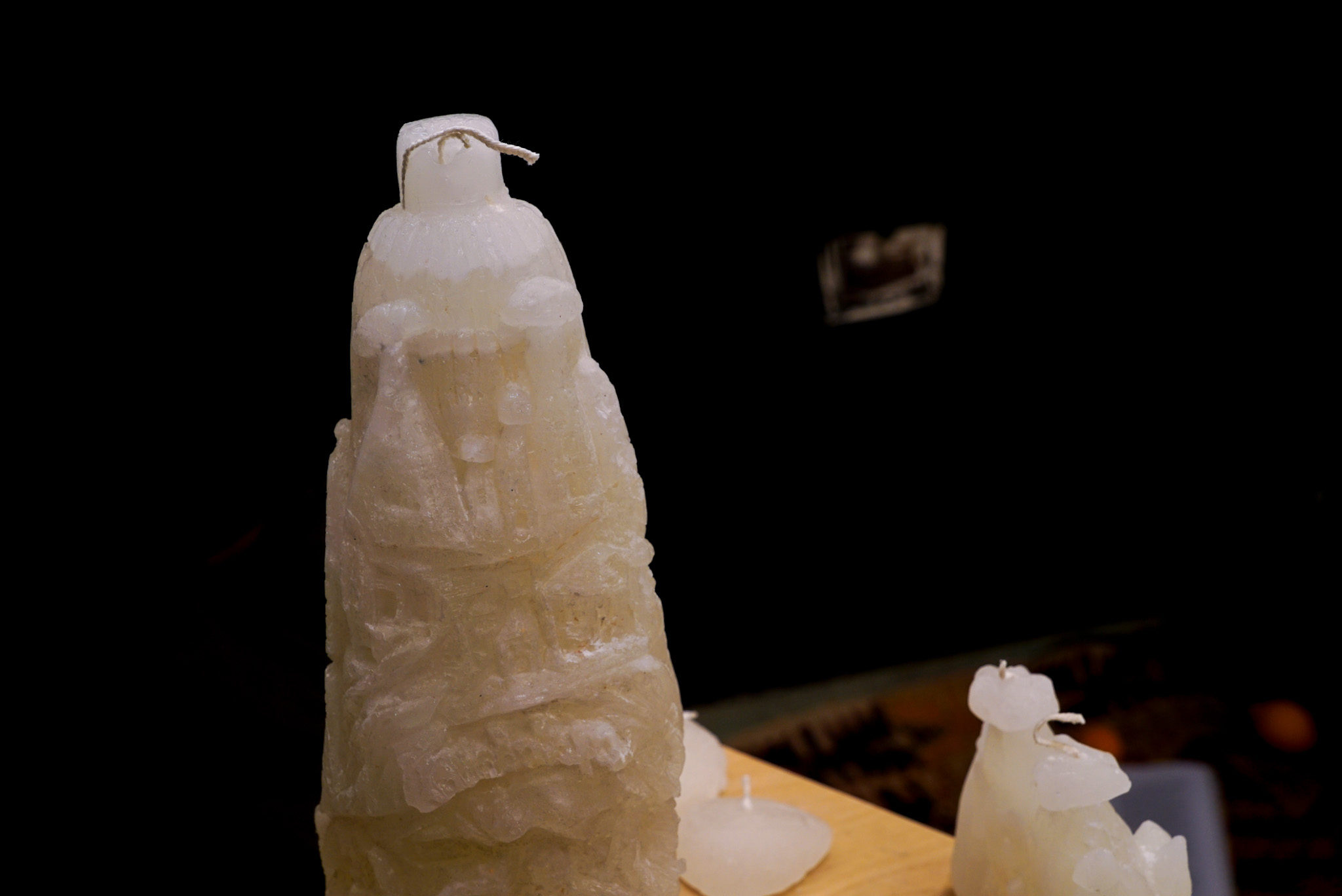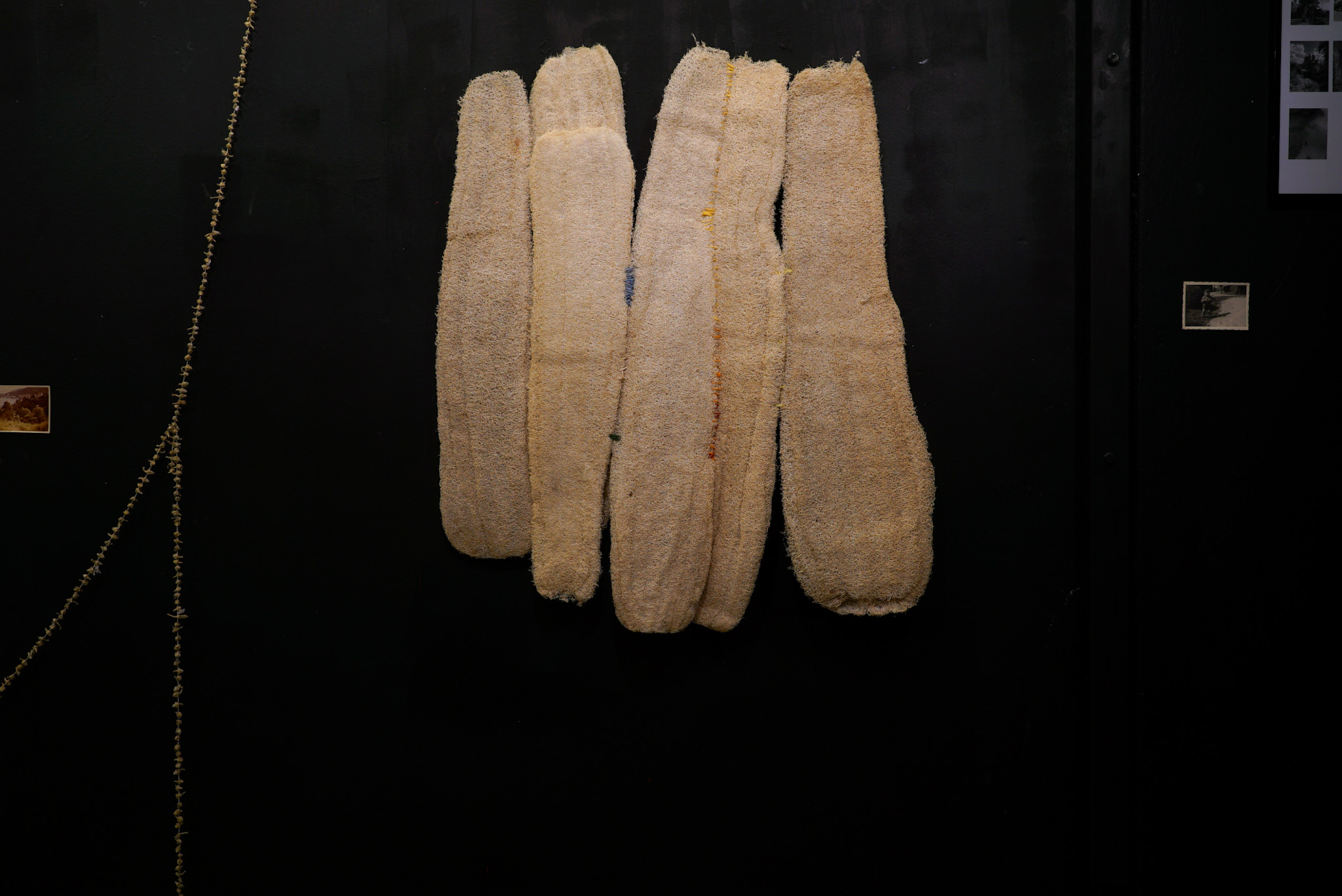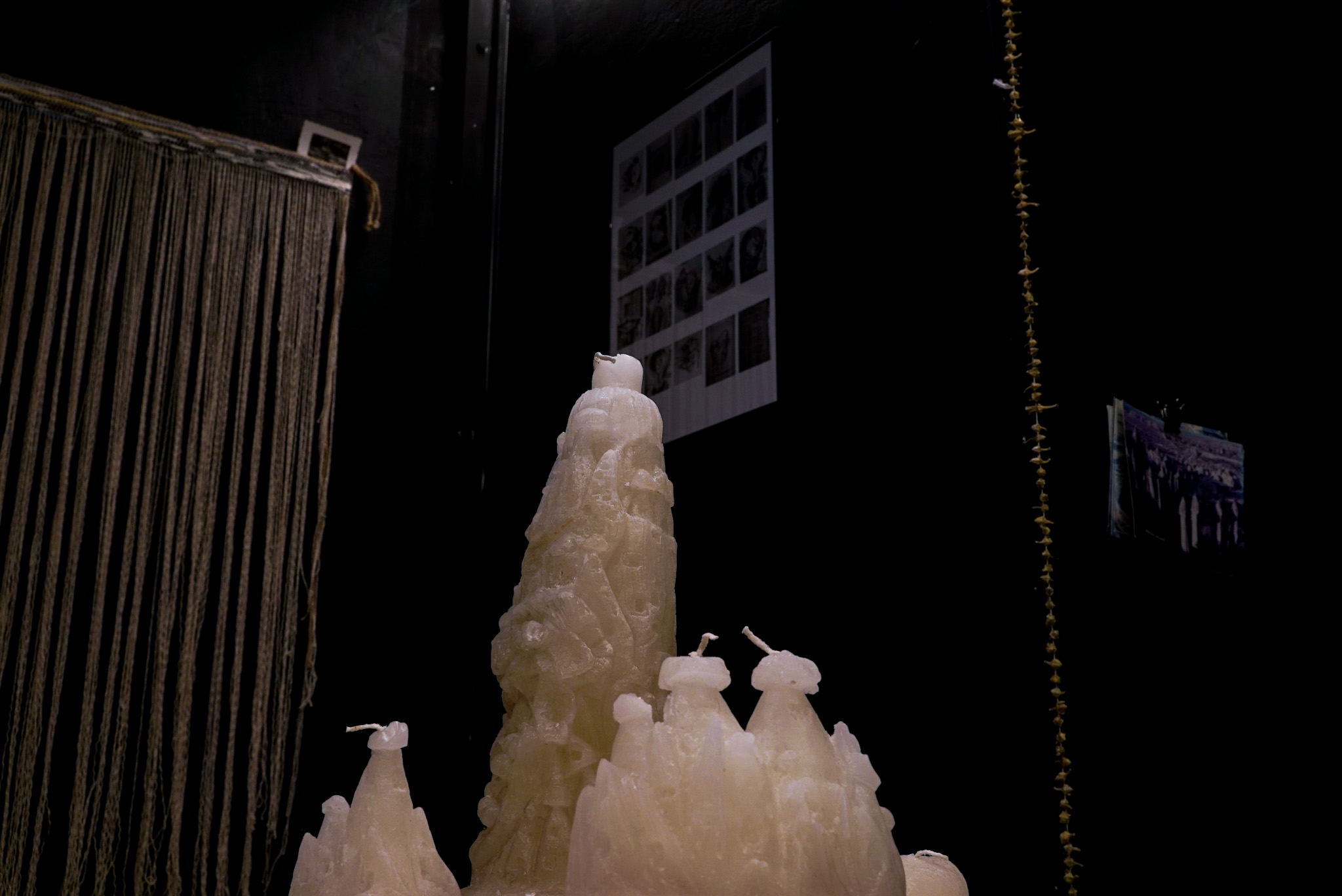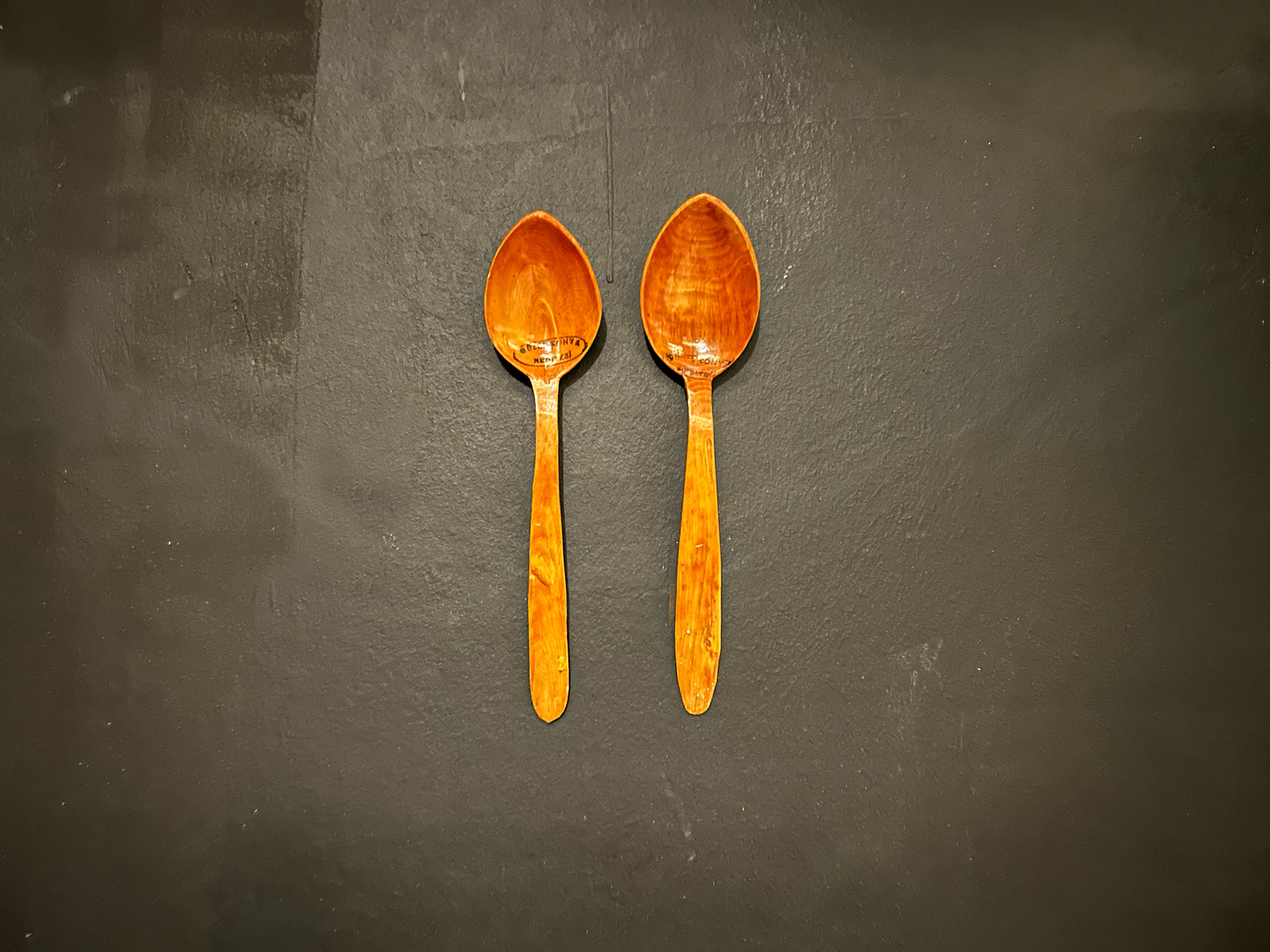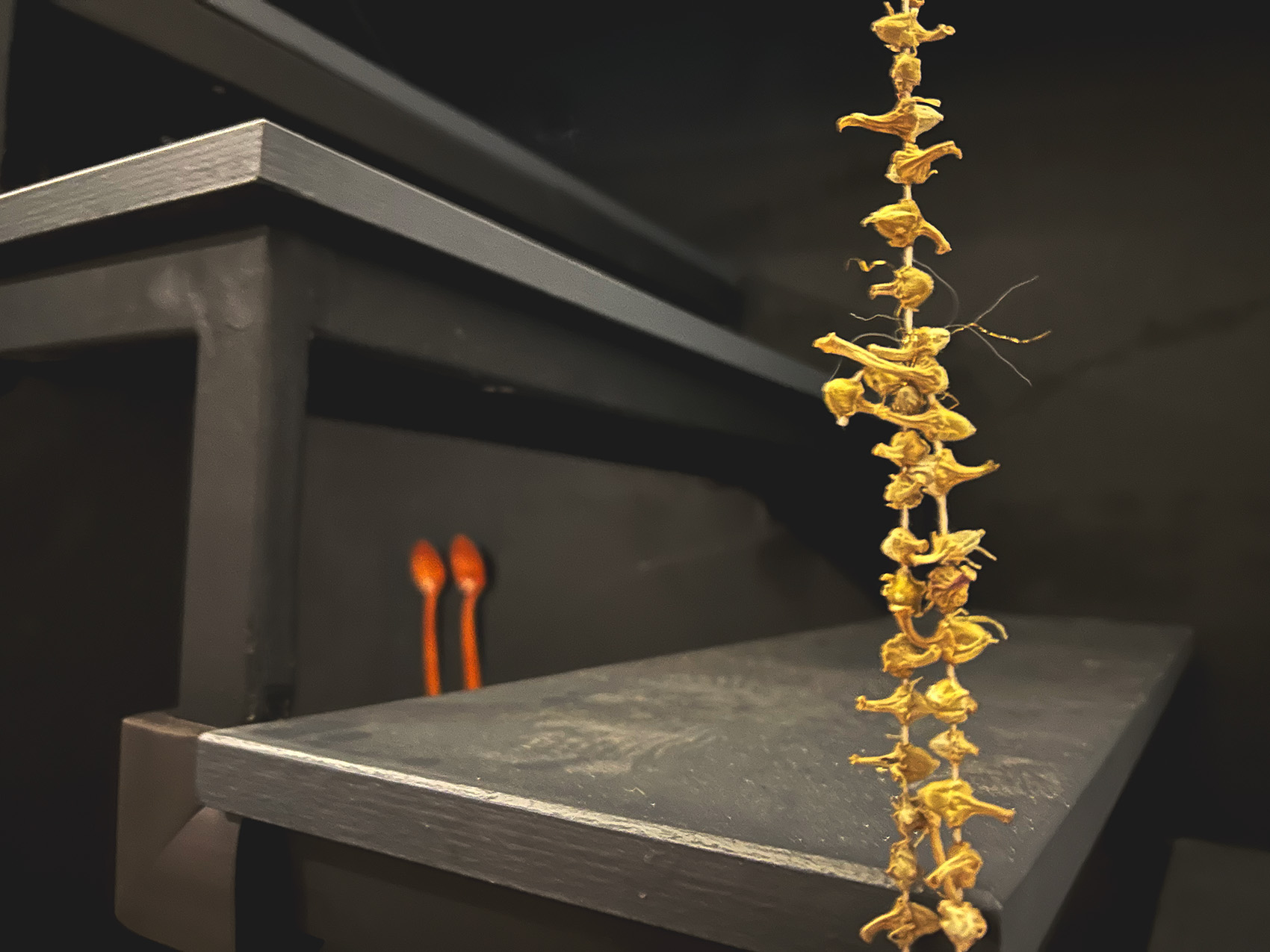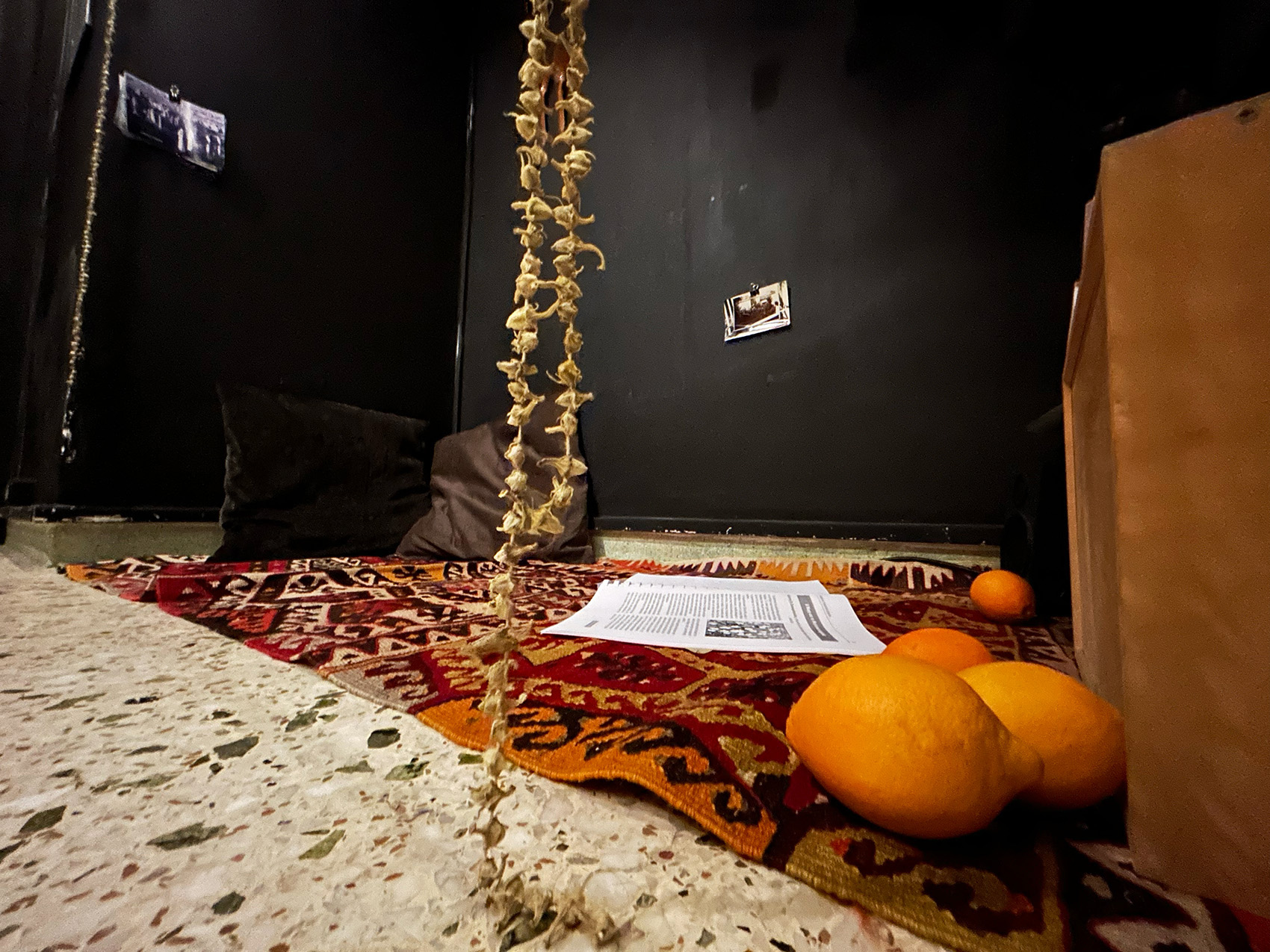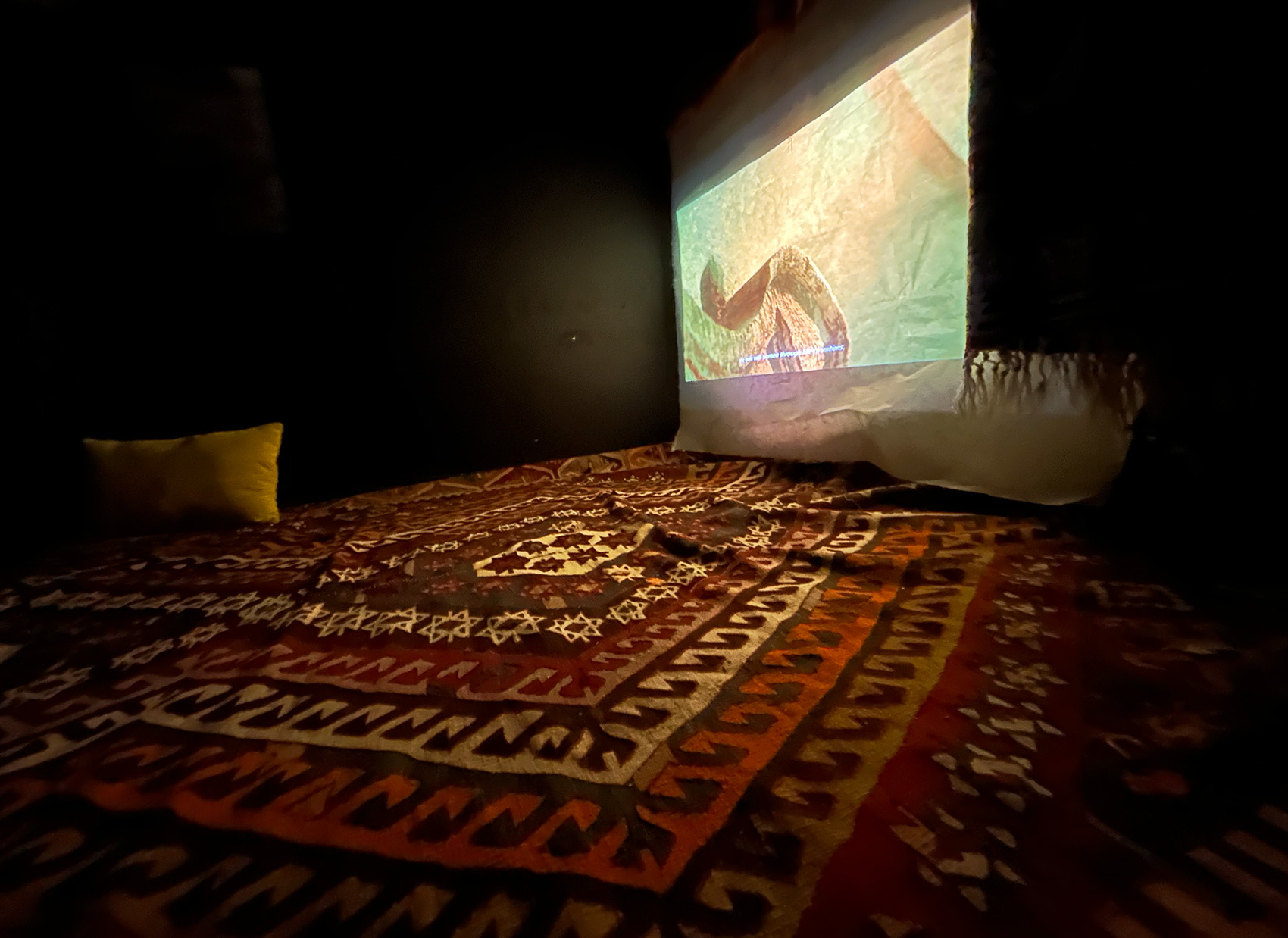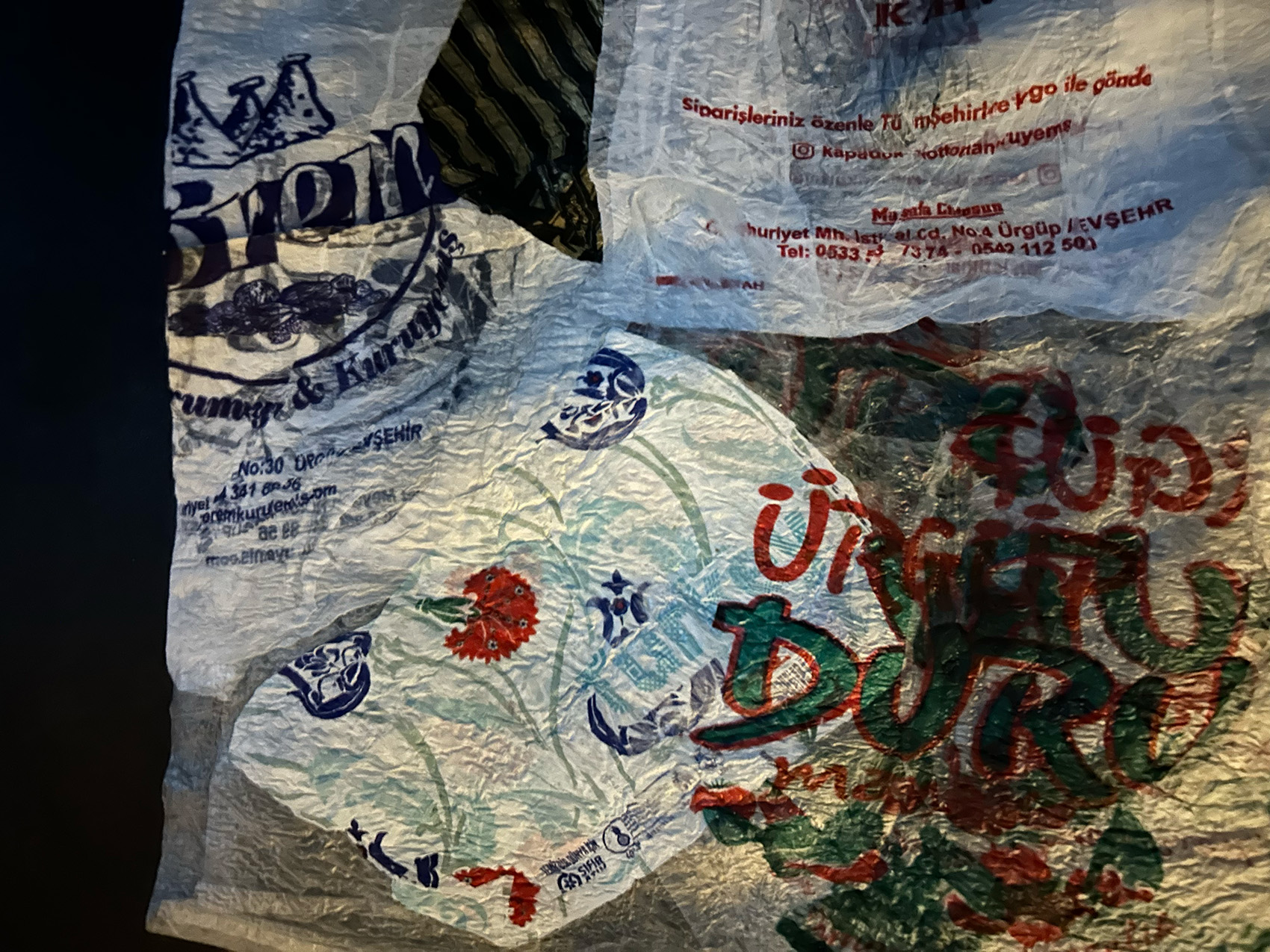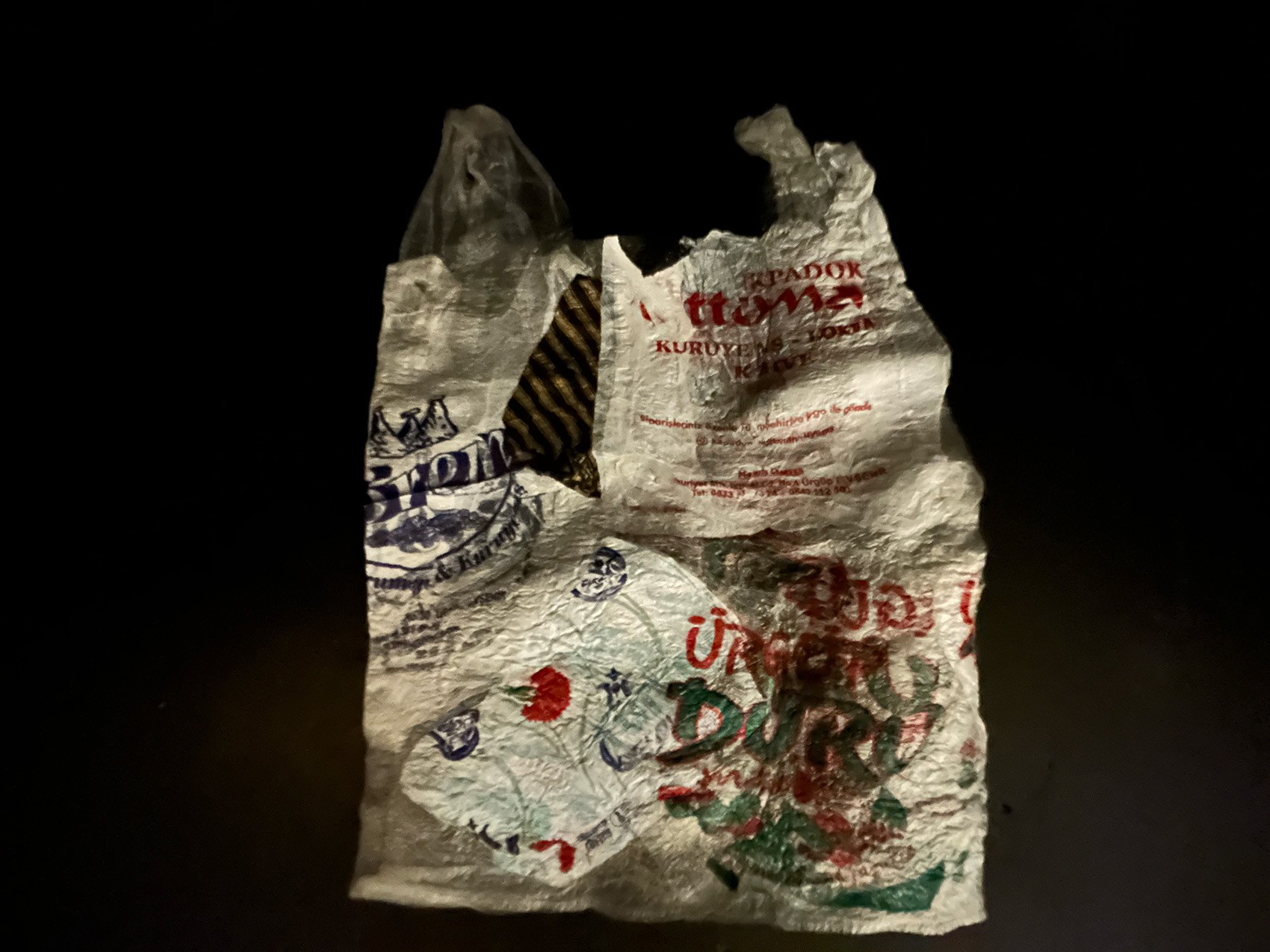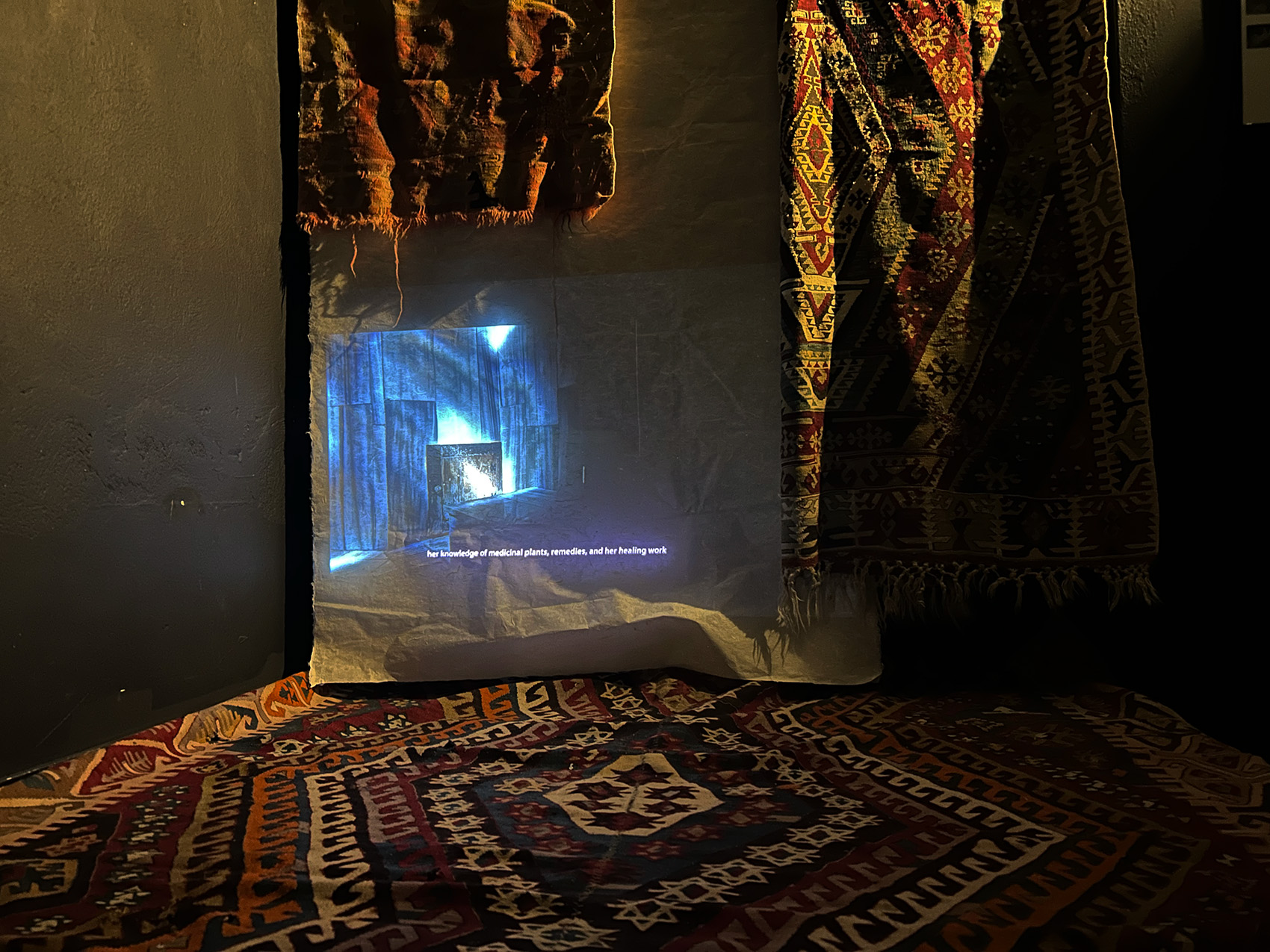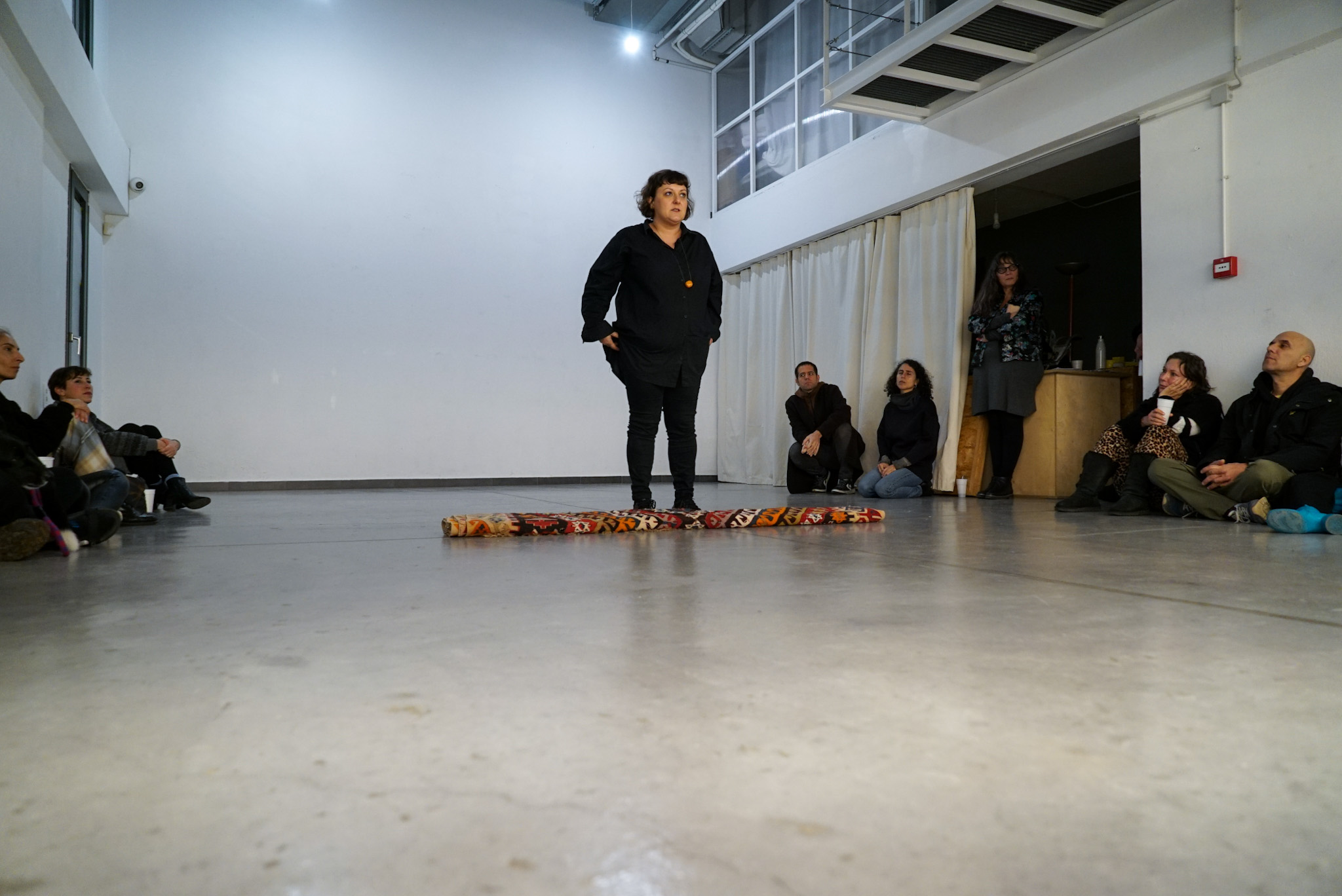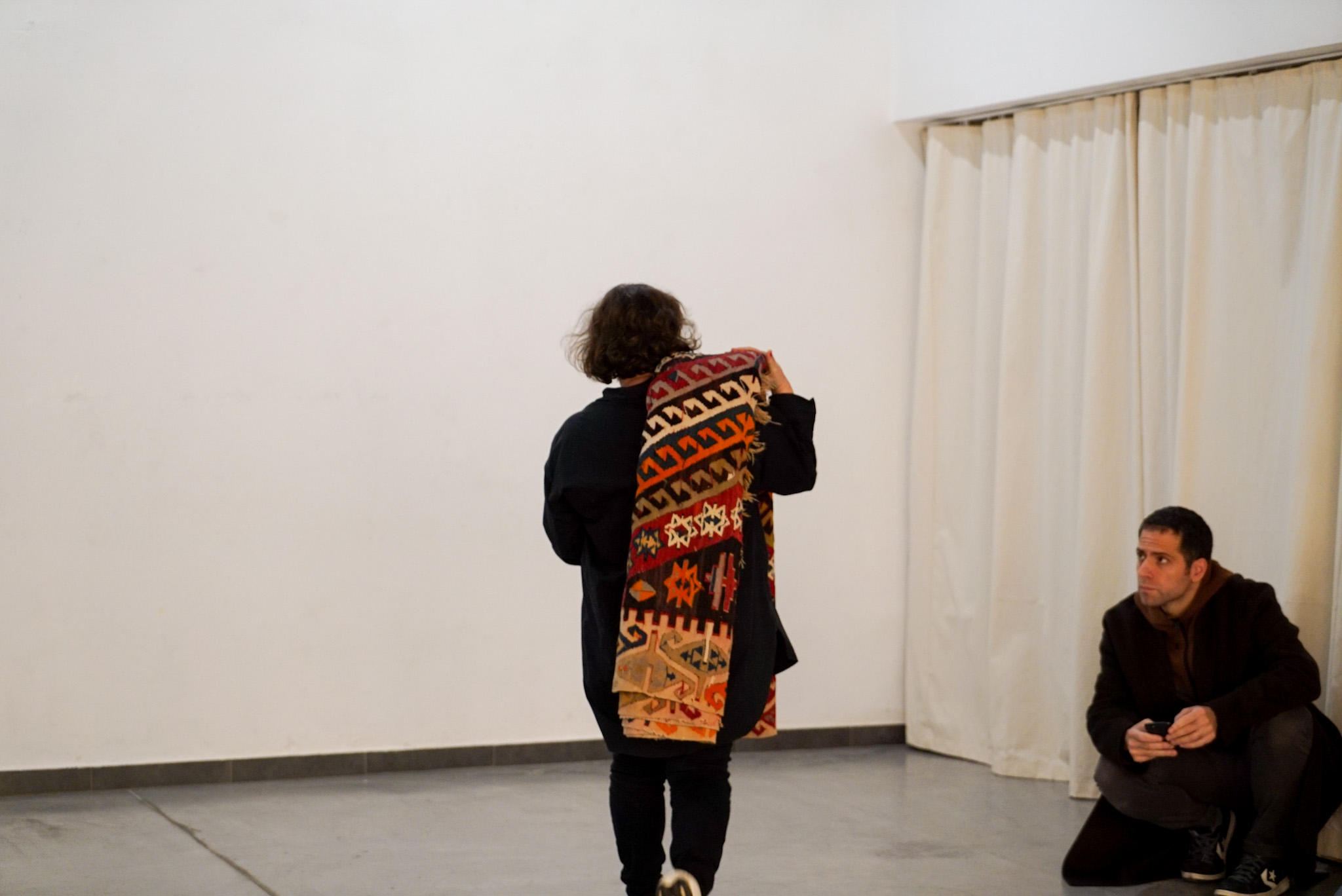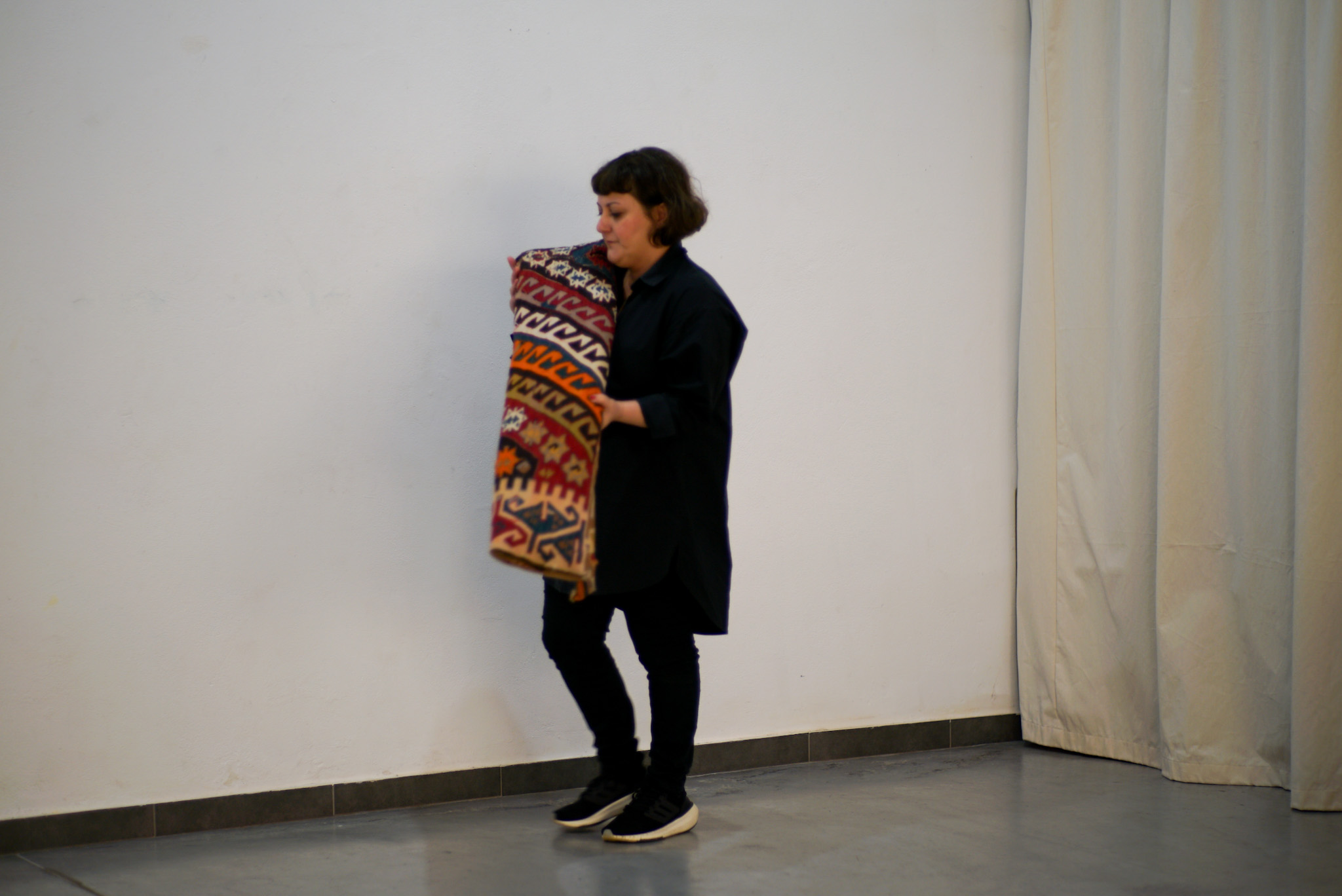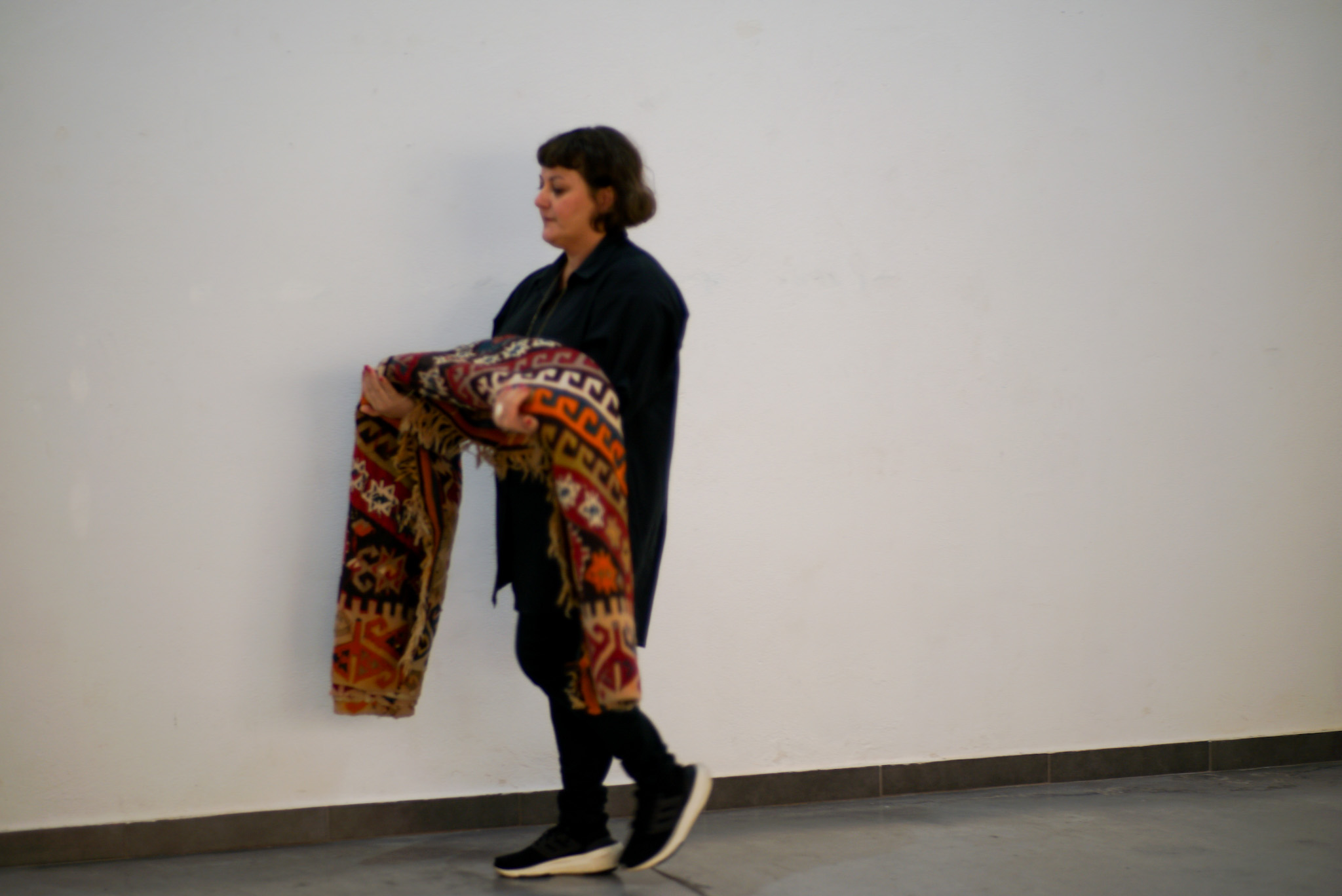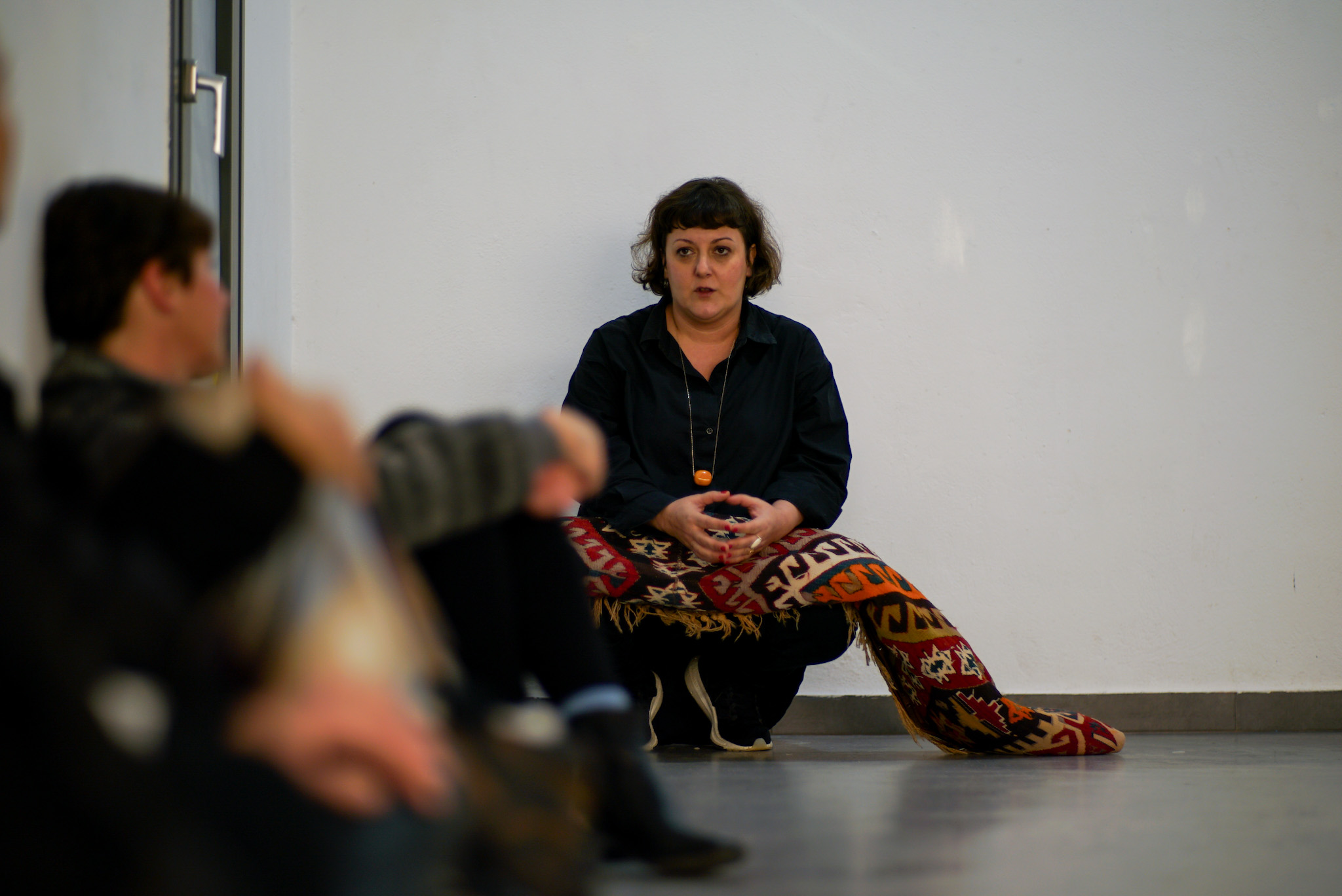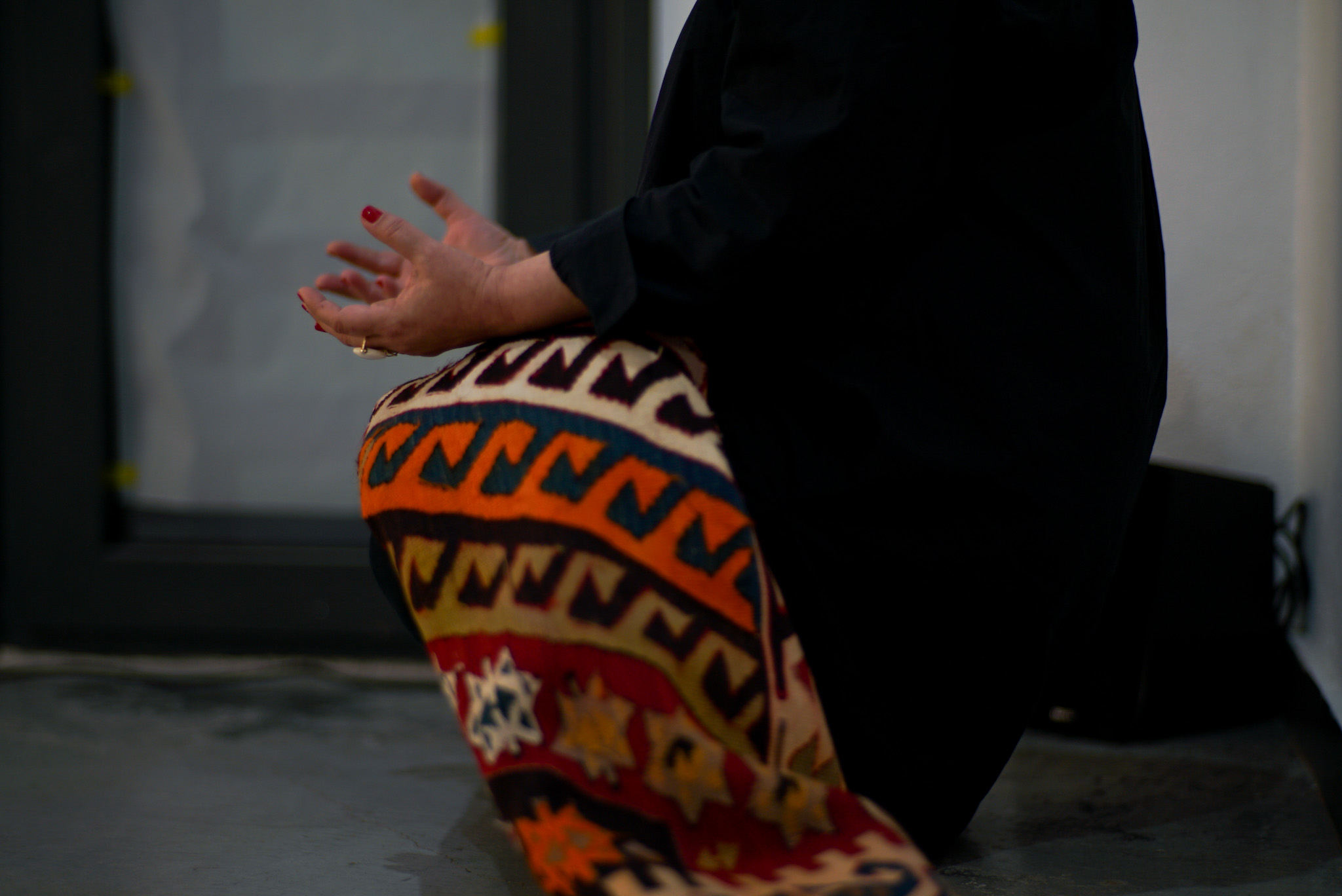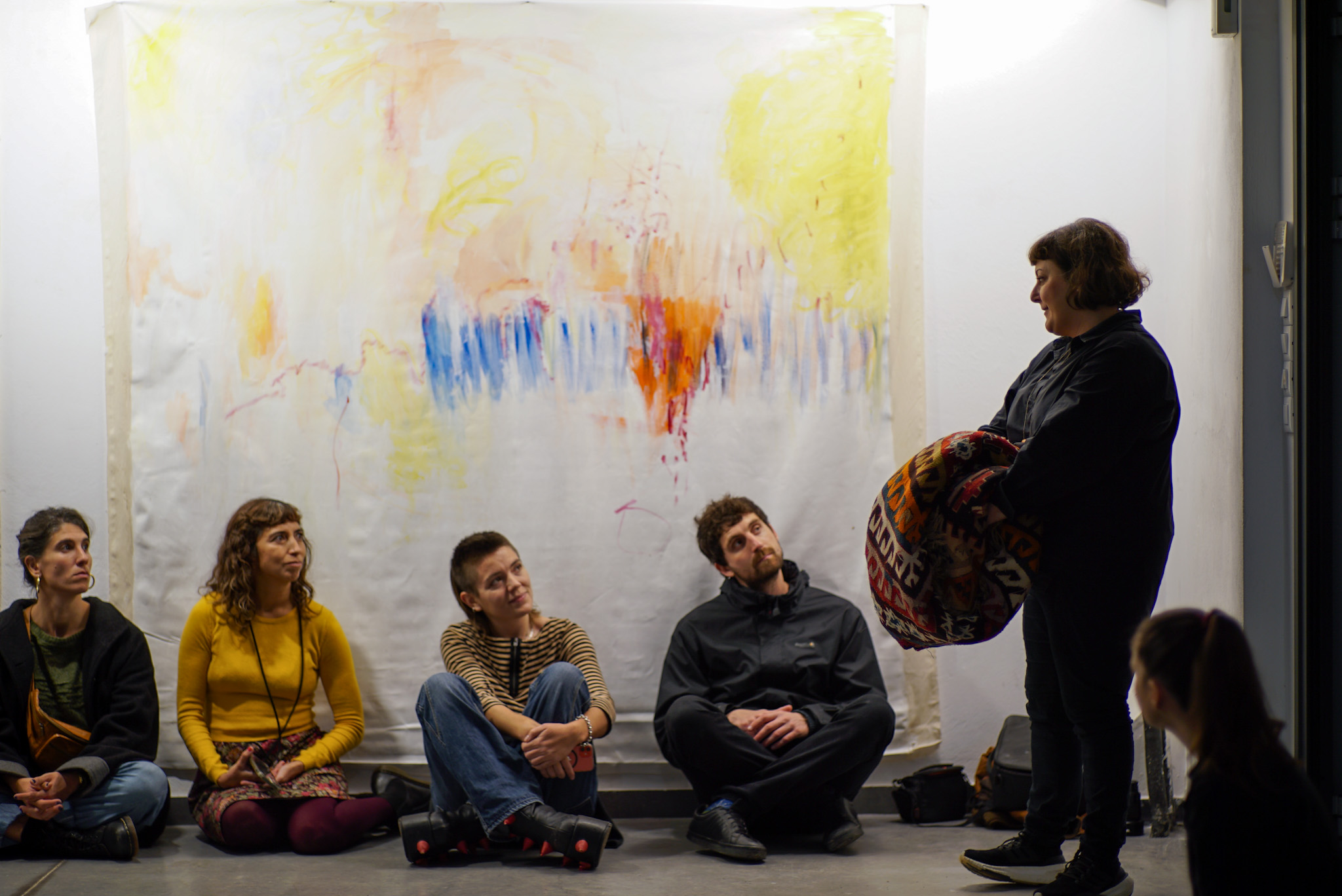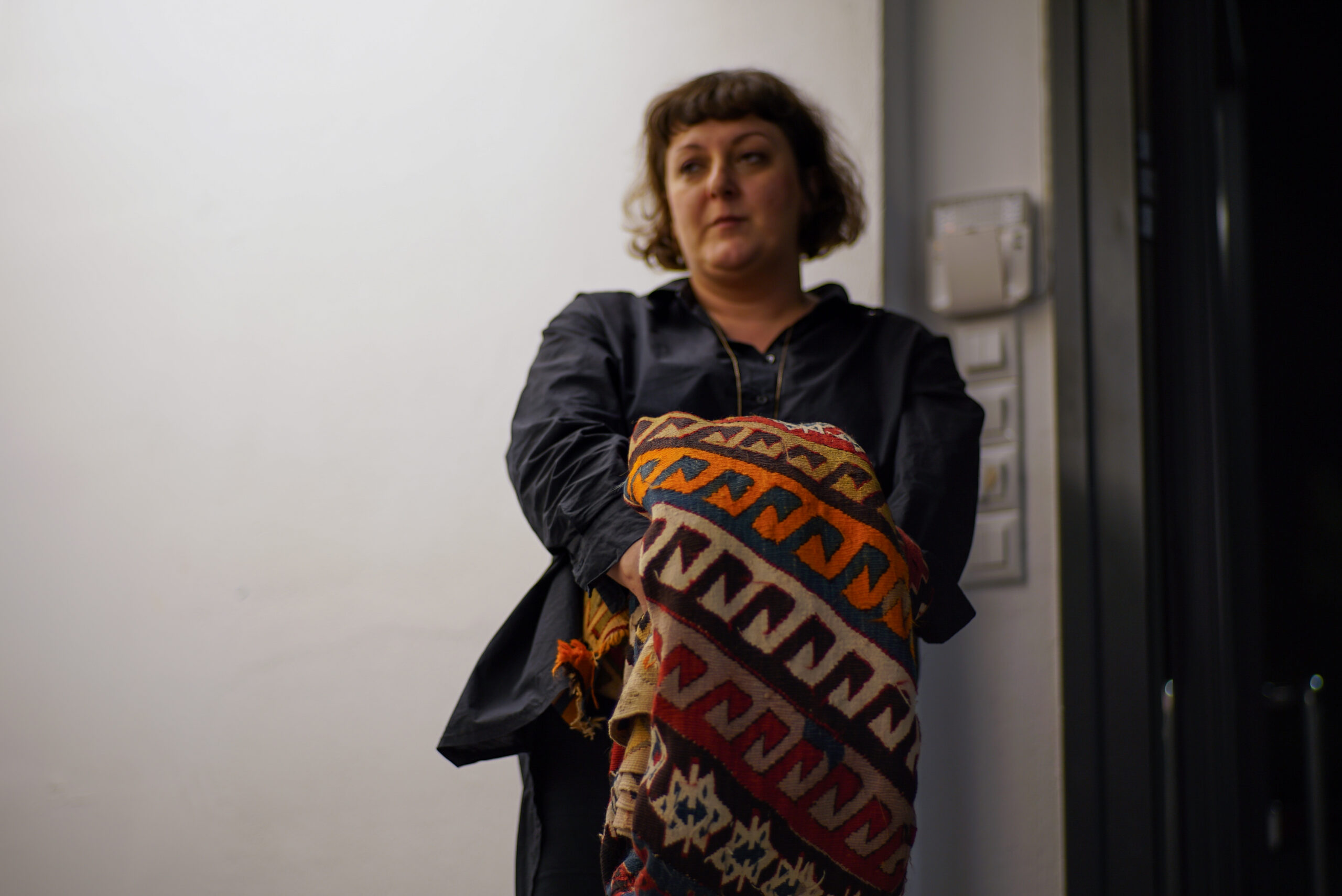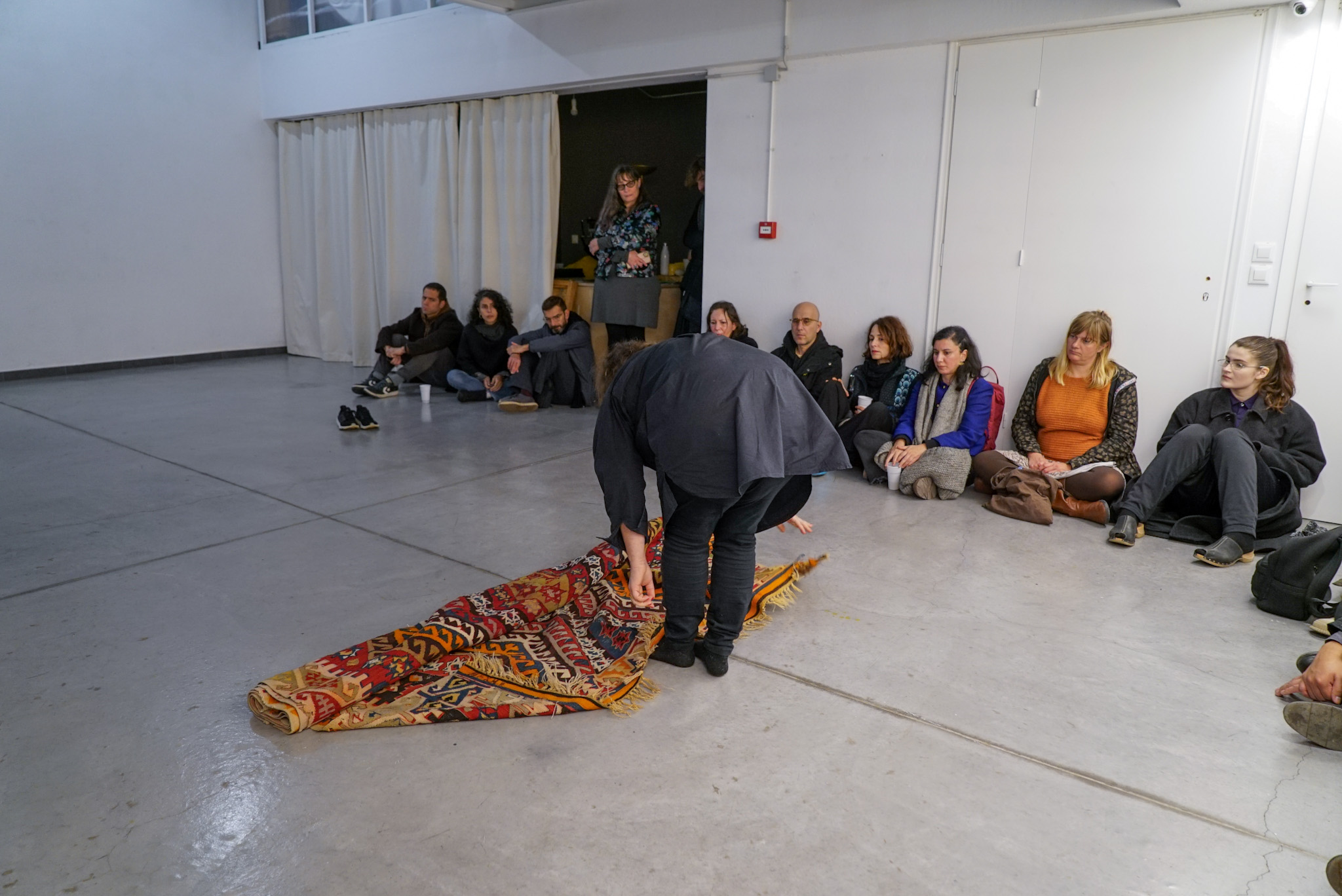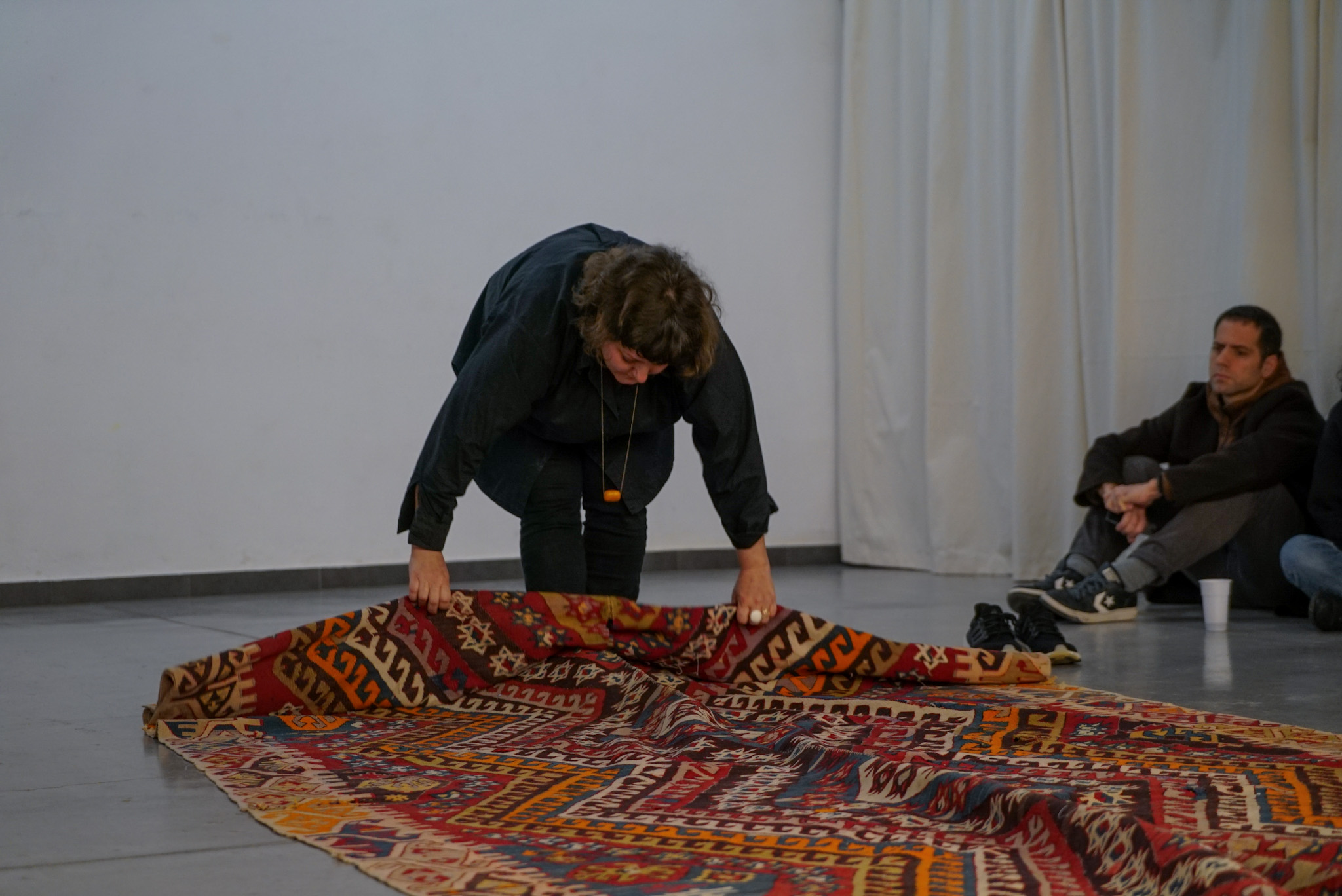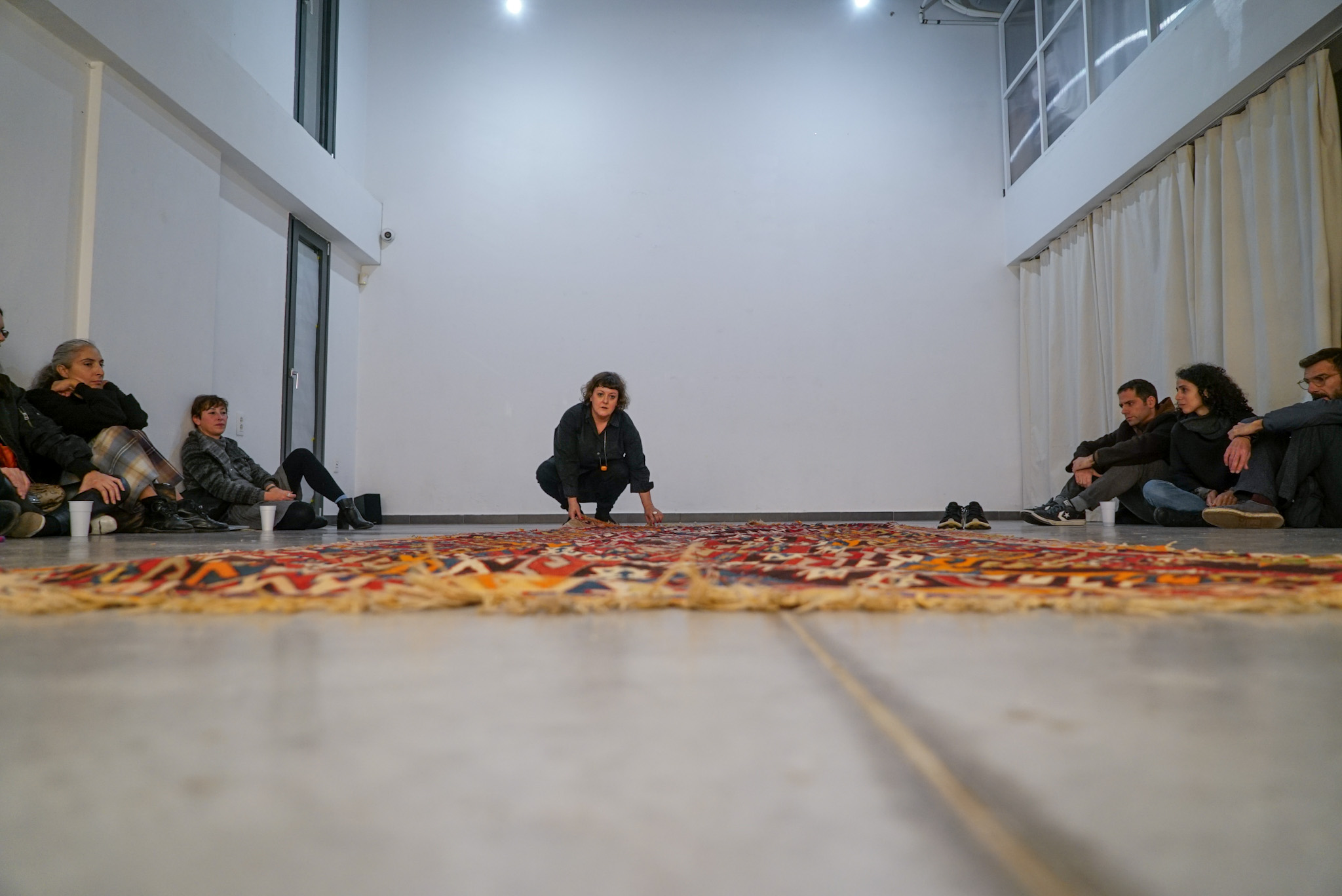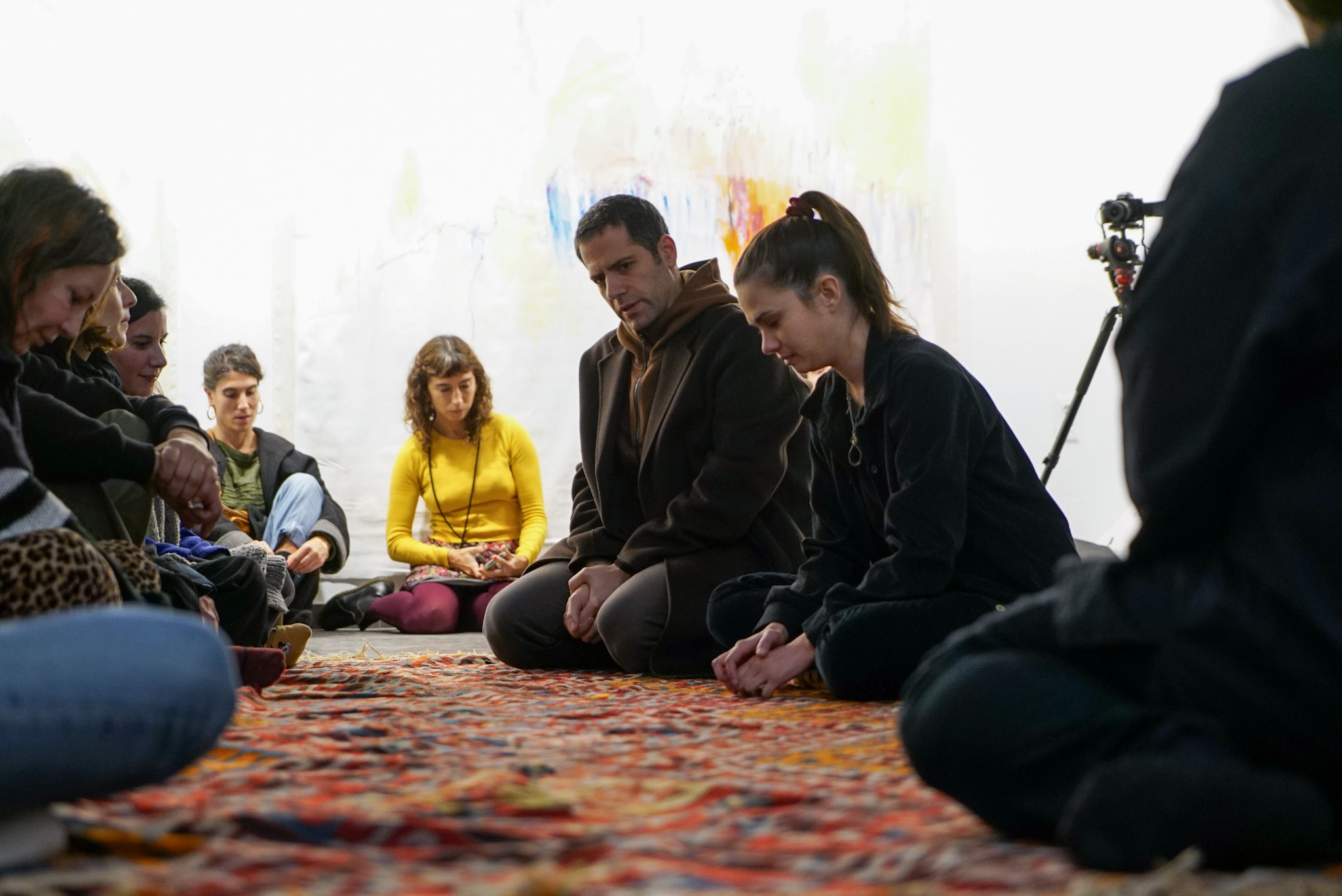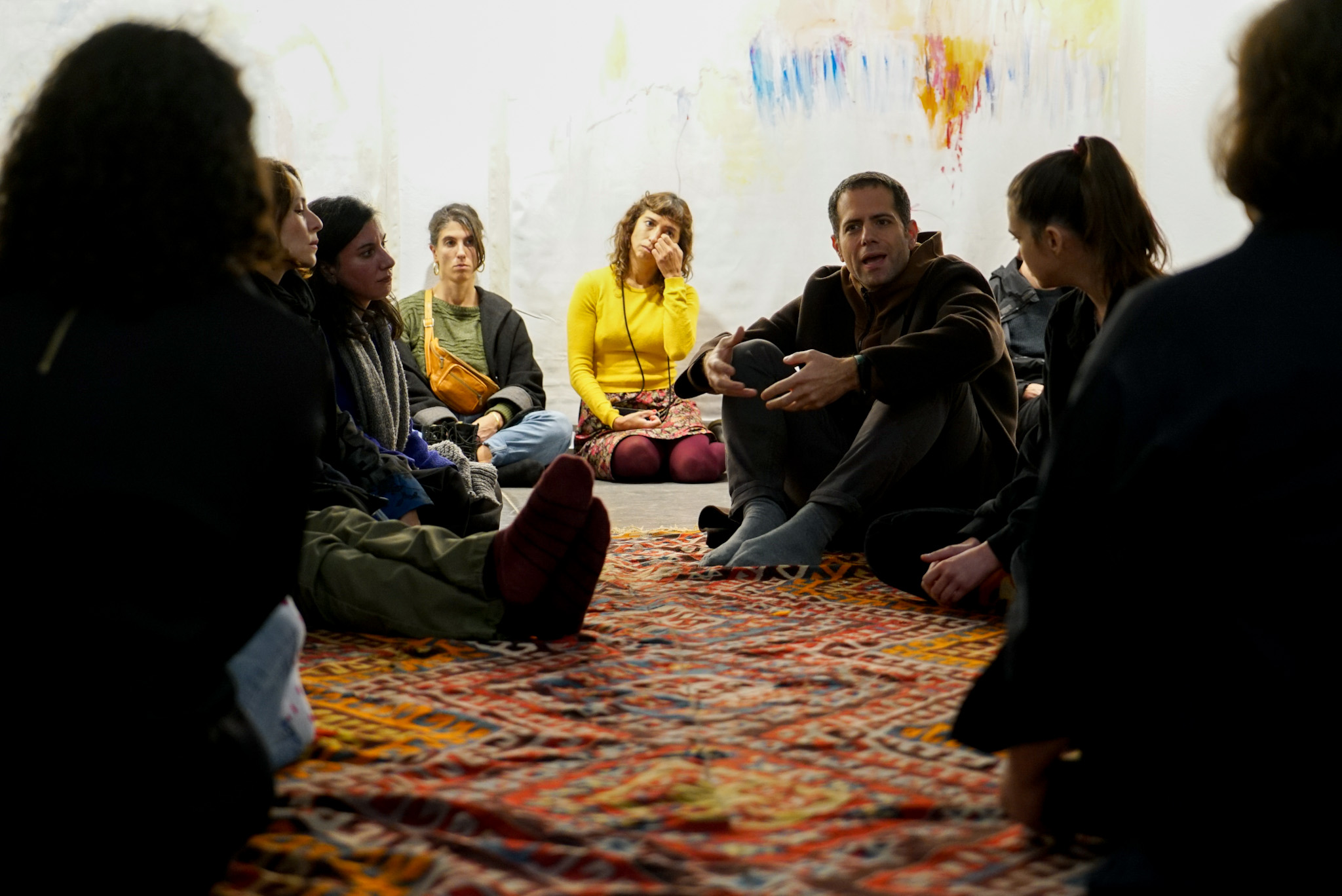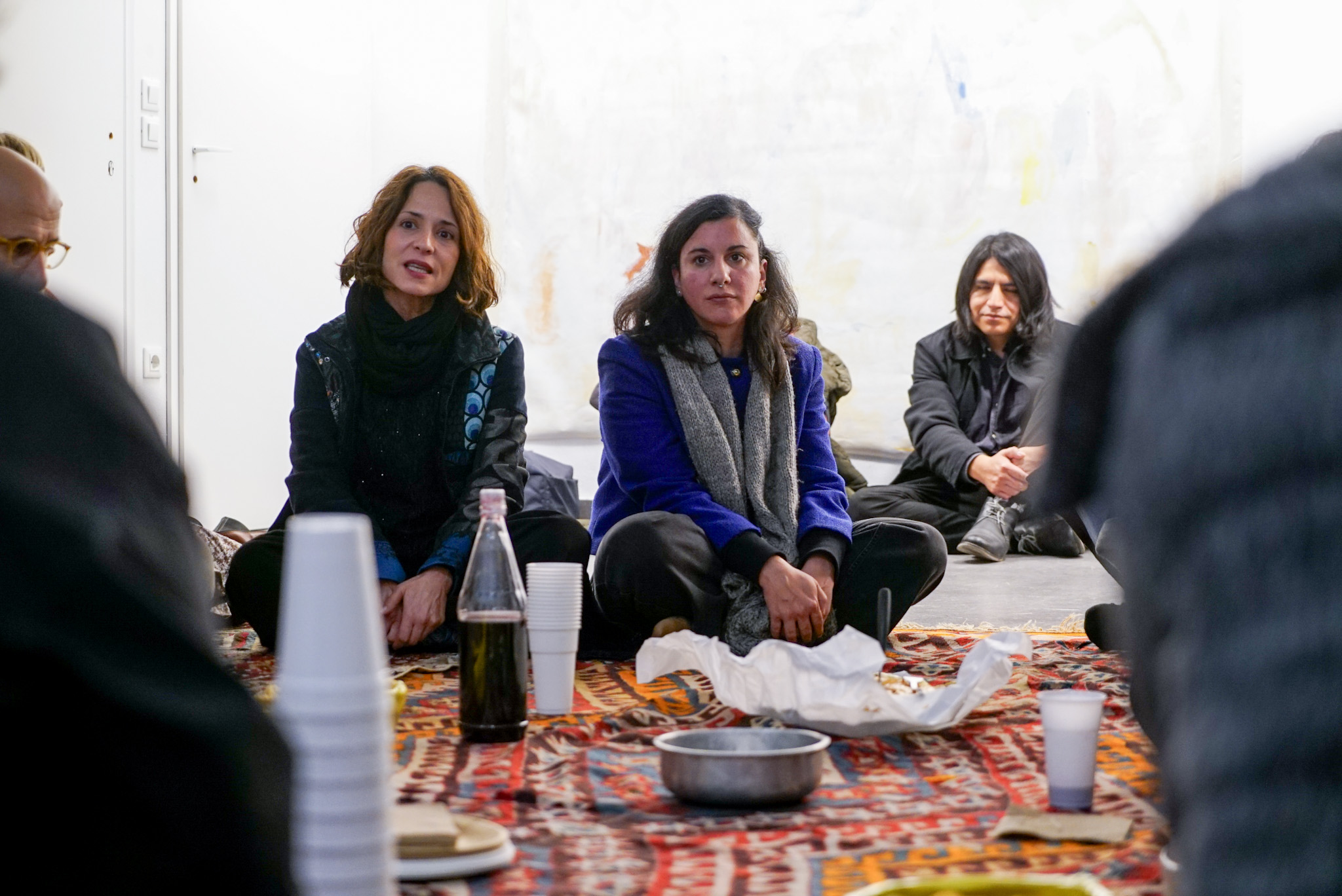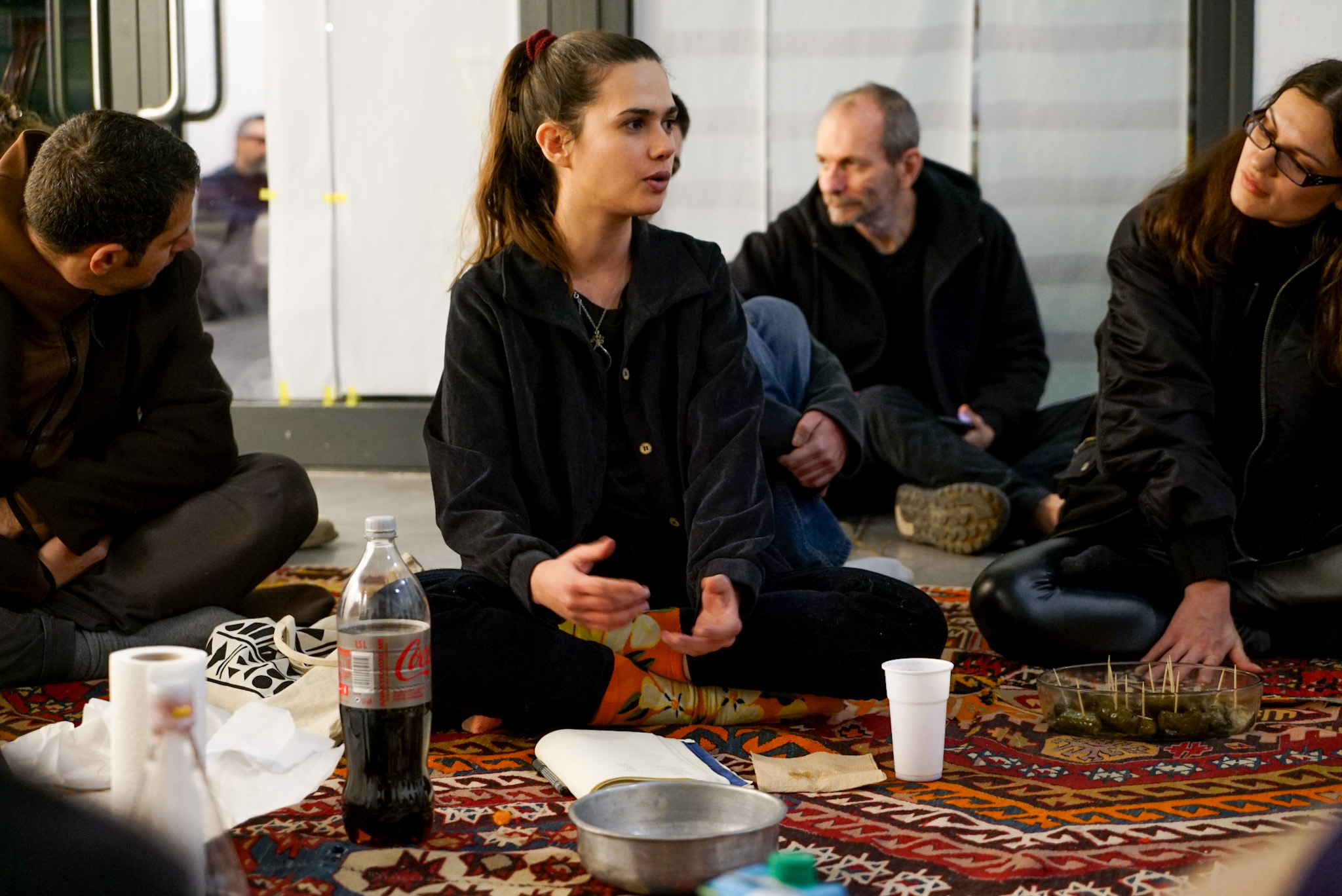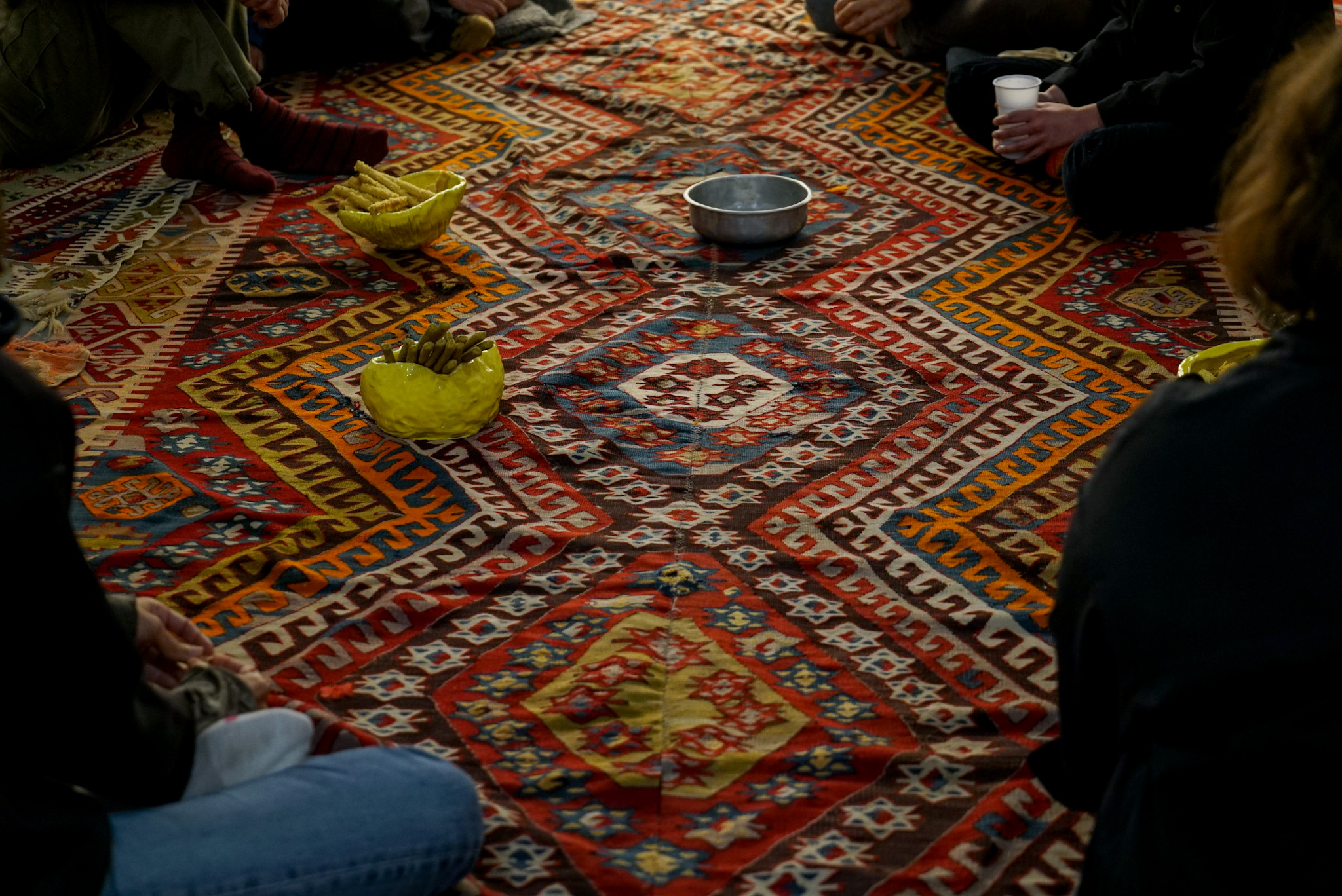Yellow Brick is launching an interdisciplinary research project in Cappadocia and New Ionia in collaboration with Cappadocia University (Mustafapaşa – formerly Sinassos) and OR.artspace (Athens). The project will consist of field research and a series of workshops in both areas and will culminate in an art exhibition in Athens and a bilingual publication (English and Greek). The artistic project “Cappadocia – New Ionia: The unseen practice of midwives” focuses on the issues of midwives’ practices as healers and as “links” between the respective communities in which they operated. It examines the social geography in which they lived before and after the population exchange, their ability to practice midwifery, and their living conditions as women from the East. The artistic project seeks to bring midwives’ practices into dialogue with contemporary thought on collective learning and politics of care. It focuses on examining these practices both historically and in the modern context to highlight their significance in creating communities of care. The artistic project proposes a narrative through memory and oral history, collecting testimonies from second and third generation descendants of individuals affected by the population exchange. By combining field and archival research through the involvement and collaboration of contemporary artists, theorists, anthropologists, historians, and sociologists, it aims to reflect on the past and to view the present through cultural heritage (folk stories and traditions, relics, handicrafts, music, and song).
Through a series of research actions and workshops, an art exhibition and a publication, it researches and wishes to highlight the value of traditional knowledge in today’s society, focusing on midwives’ practices of the time. This knowledge was intertwined within the social fabrics of the time and prevailing social structures (the establishment of midwives’ role in a patriarchal society), and simultaneously coexisted with the natural environment (the properties of medicinal plants as well as rituals that seemed metaphysical and connected with myths but also with the healing of the body). Therefore, the artistic project seeks traces and fragments of a healing and social practice that was primarily experiential, passed down orally from generation to generation, and was lost after the medicalization of the midwifery profession.
The working group consists of Elpida Rikou (PhD in Social Psychology, anthropologist, visual artist), Vasiliki Sifostratoudaki (visual artist, researcher, educator), Nuno Cassola (filmmaker and carpenter), Sanem Su Avci (PhD candidate, Department of Political Science and Modern History at Panteion University), and Bülent Özçelik (PhD in philosophy and professor of social and political studies at Cappadocia University). Exhibition curation by Eliana Otta (visual artist, curator – PhD in artistic research from Vienna).
The exhibition will be held at or.artspace, and the performance Yellow Brick, and Cappadocia University, as well as workshops.
Conference ‘Revisiting the Turkish – Greek exchange in its centennial’, Cappadokia
19 – 22 September 2024
Lecture Performance: ‘Following the roots: a conversation on the present the past exchange’ by Sanem Su Avci and Vasiliki Sifostratoudaki
EXHIBITION OPENING Or.artspace
(Dimitrakopoulou 89, Athina 117 41)
Thursday 5 – 8 December 2024
18:00 – 22:00
7 December – Reading workshop led by Vasiliki Sifostratoudaki, Eliana Otta and Elpida Rikou)
During the workshop we will read the text by Audre Lorde, ‘Poetry is not a luxury’
Language English (greek translation is possible)
Performance at Yellow Brick
(Eptapyrgiou , Nea Ionia, 14231)
Sunday 8 December 2024
Performance Starting 19:00 (διάρκεια 20 λεπτά)
‘I invite you home’, Vasiliki Sifostratoudaki directed by Elianna Otta
Initiator – Project Leader Vasiliki Sifostratoudaki
Curated by Eliana Otta
Research Consultant Elpida Rikou, Bülent Özçelik, Sanem Su Avci
Production and Cultural Manager Daphne Burt Koufopanou
Cinematographer and coeditor Nuno Cassola
Supported by the Greek Minister of Culture
The research has been kindly supported by Gwaertler Stiftung and the Necessity Fund

